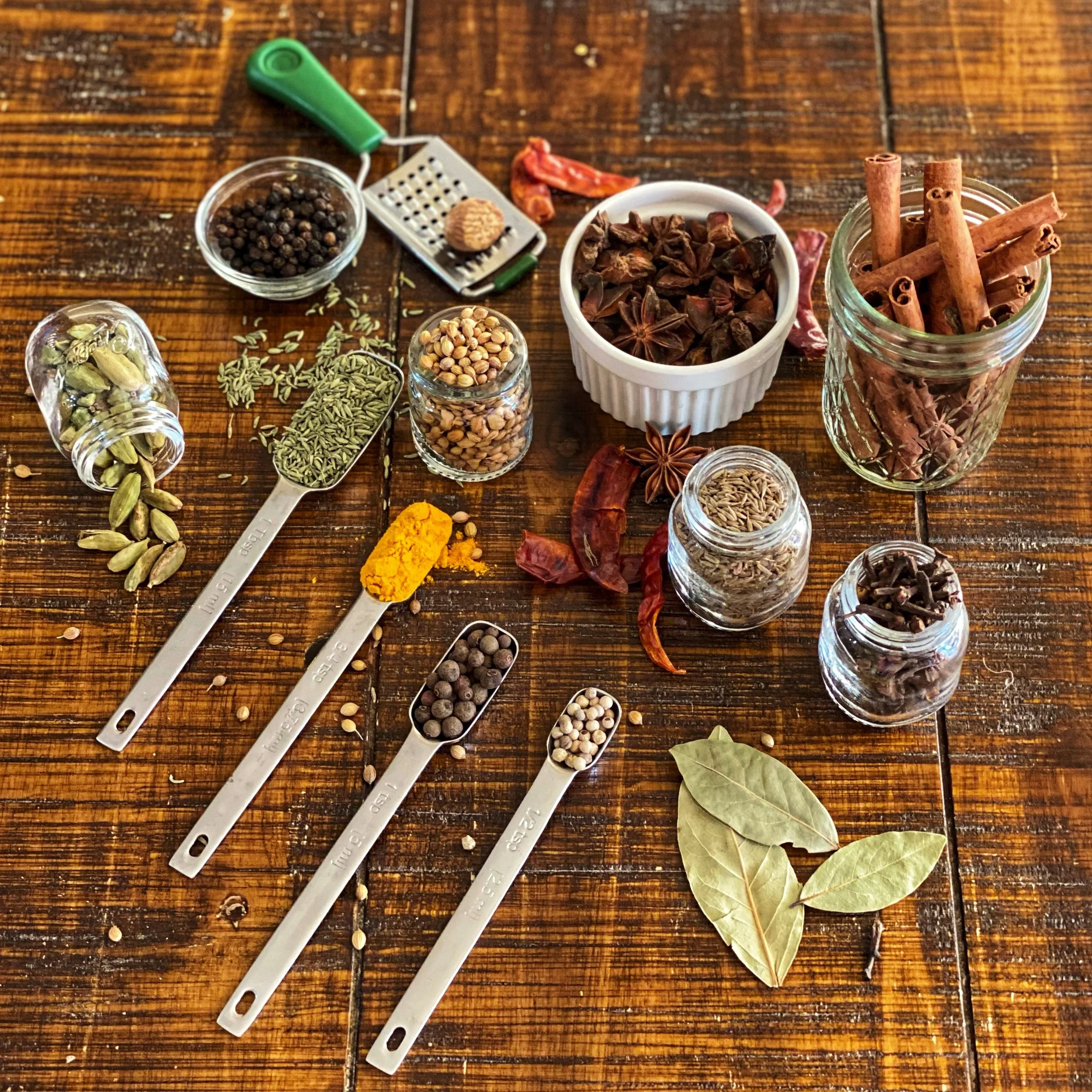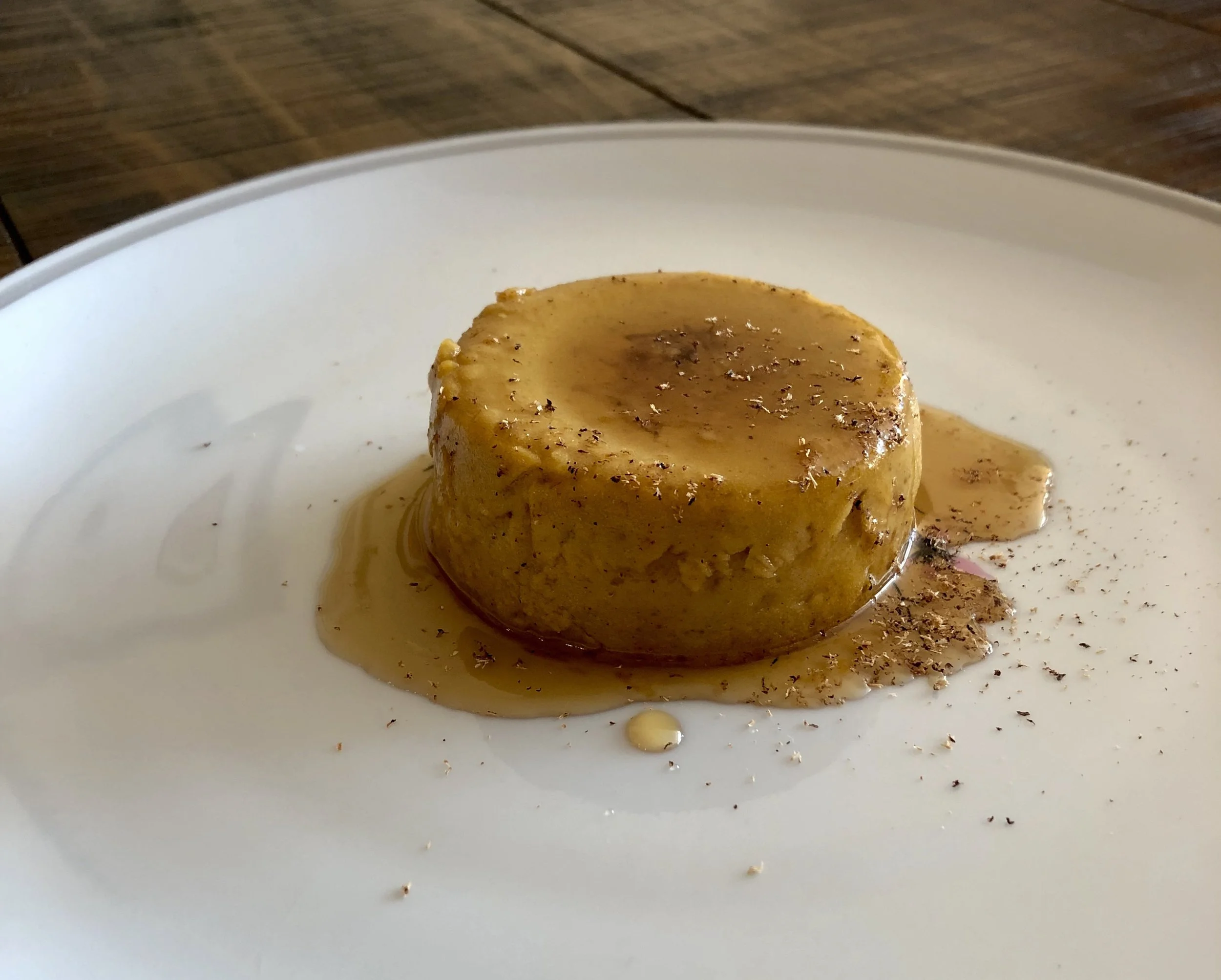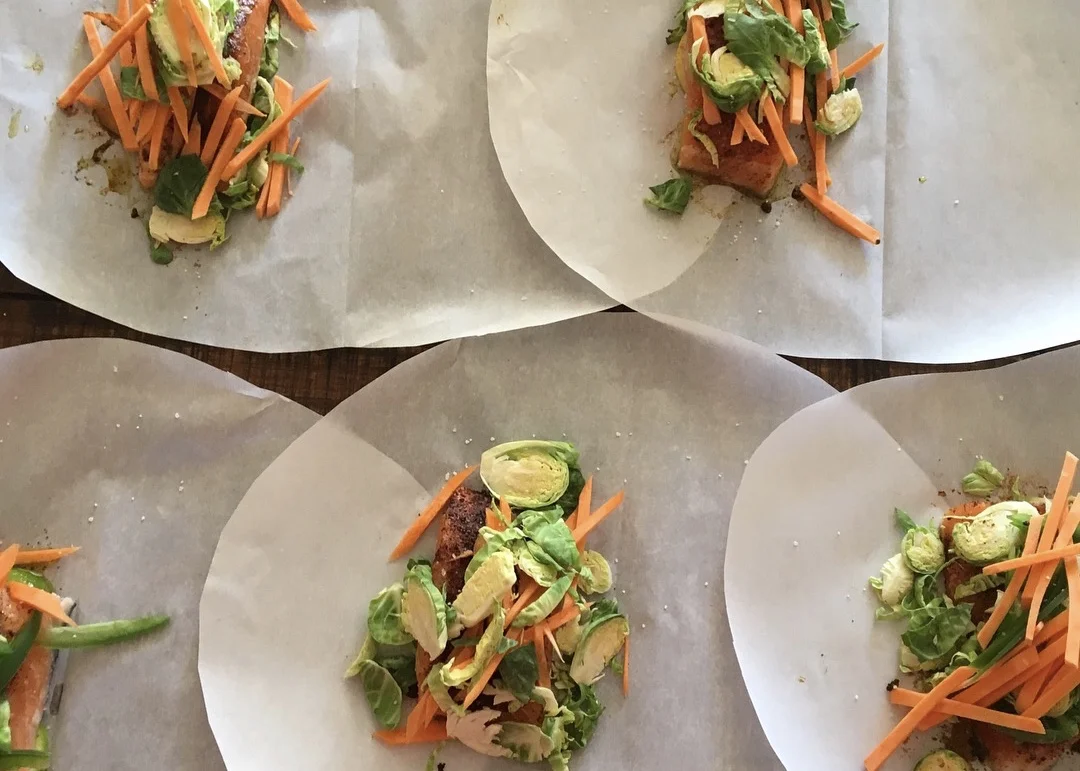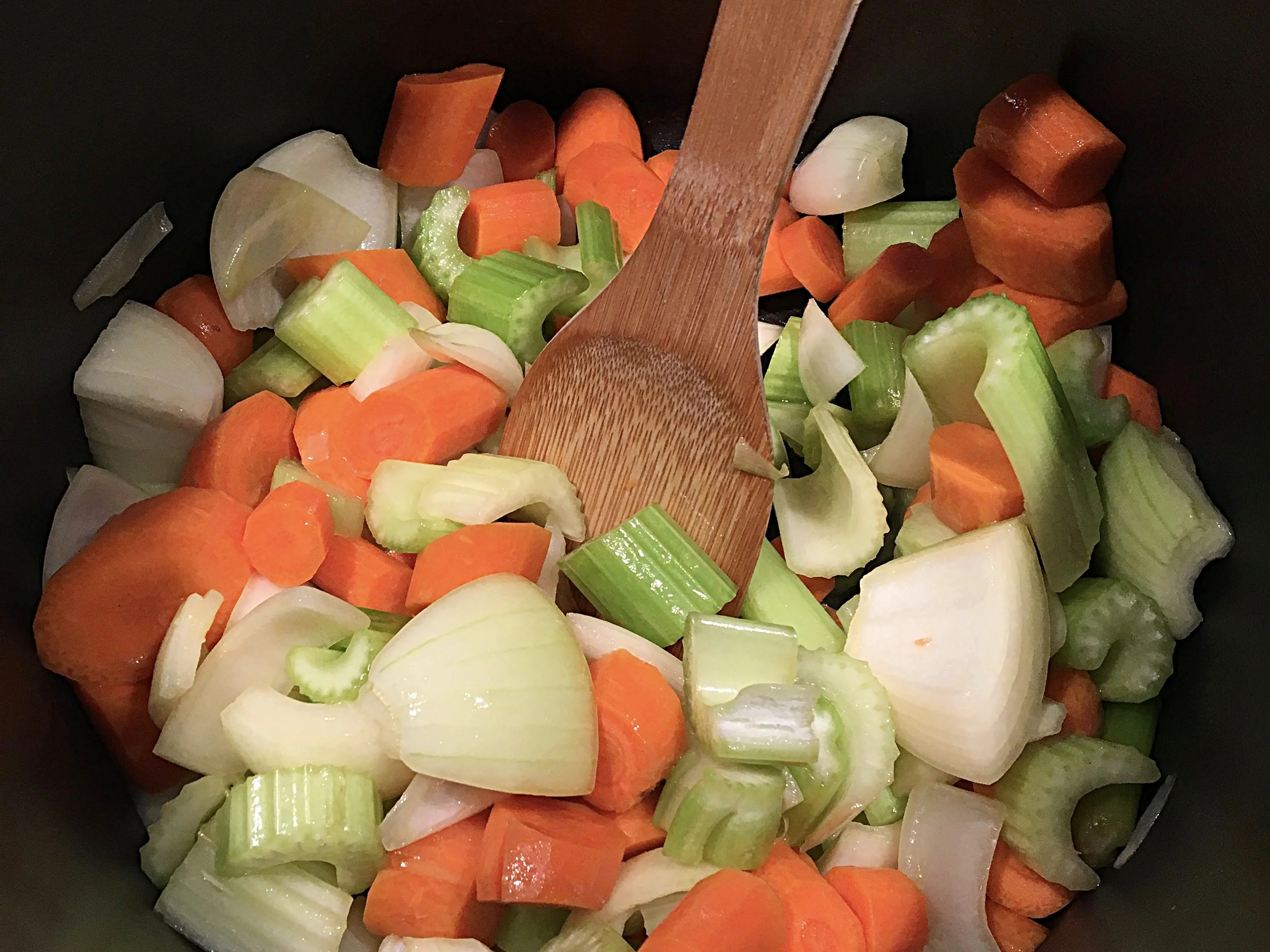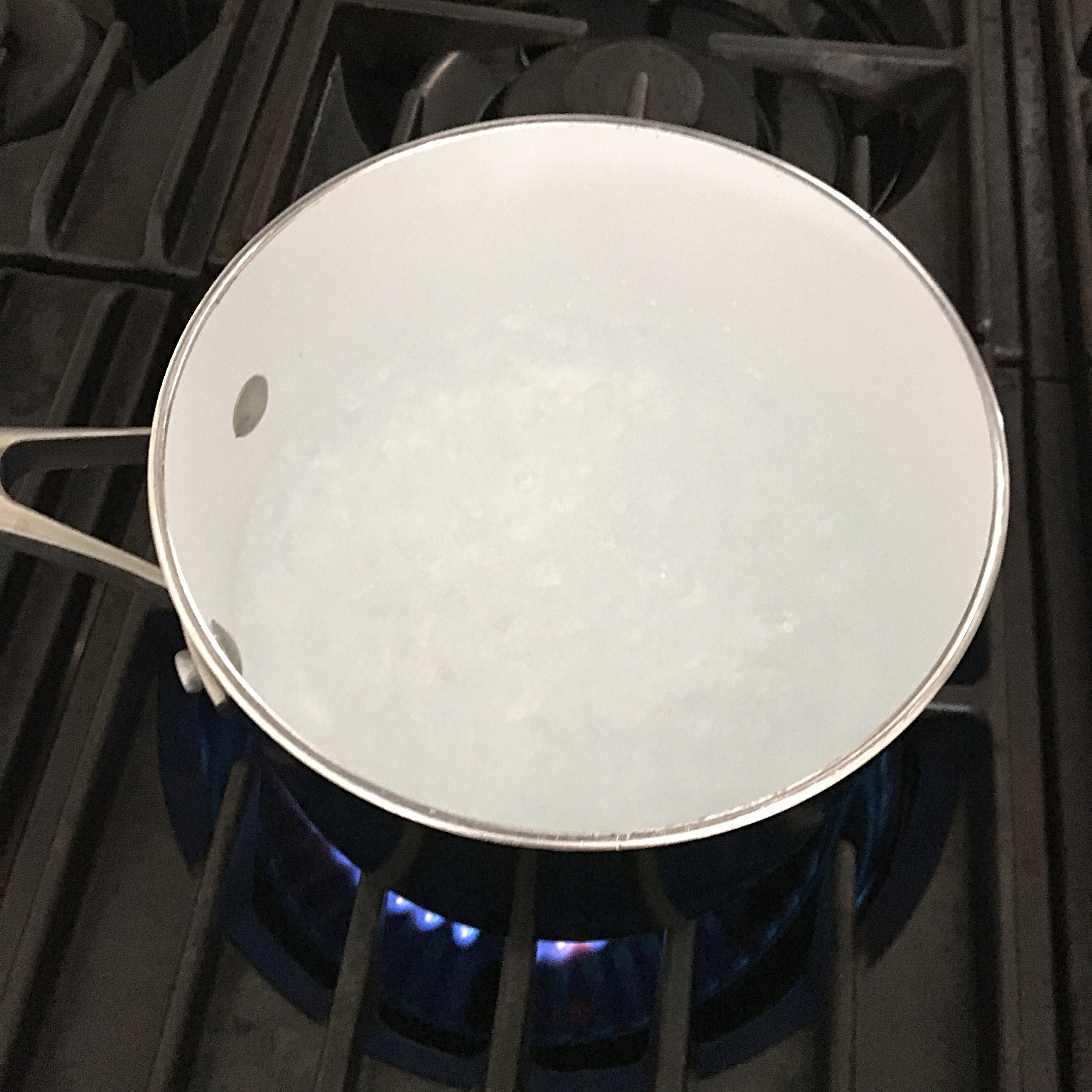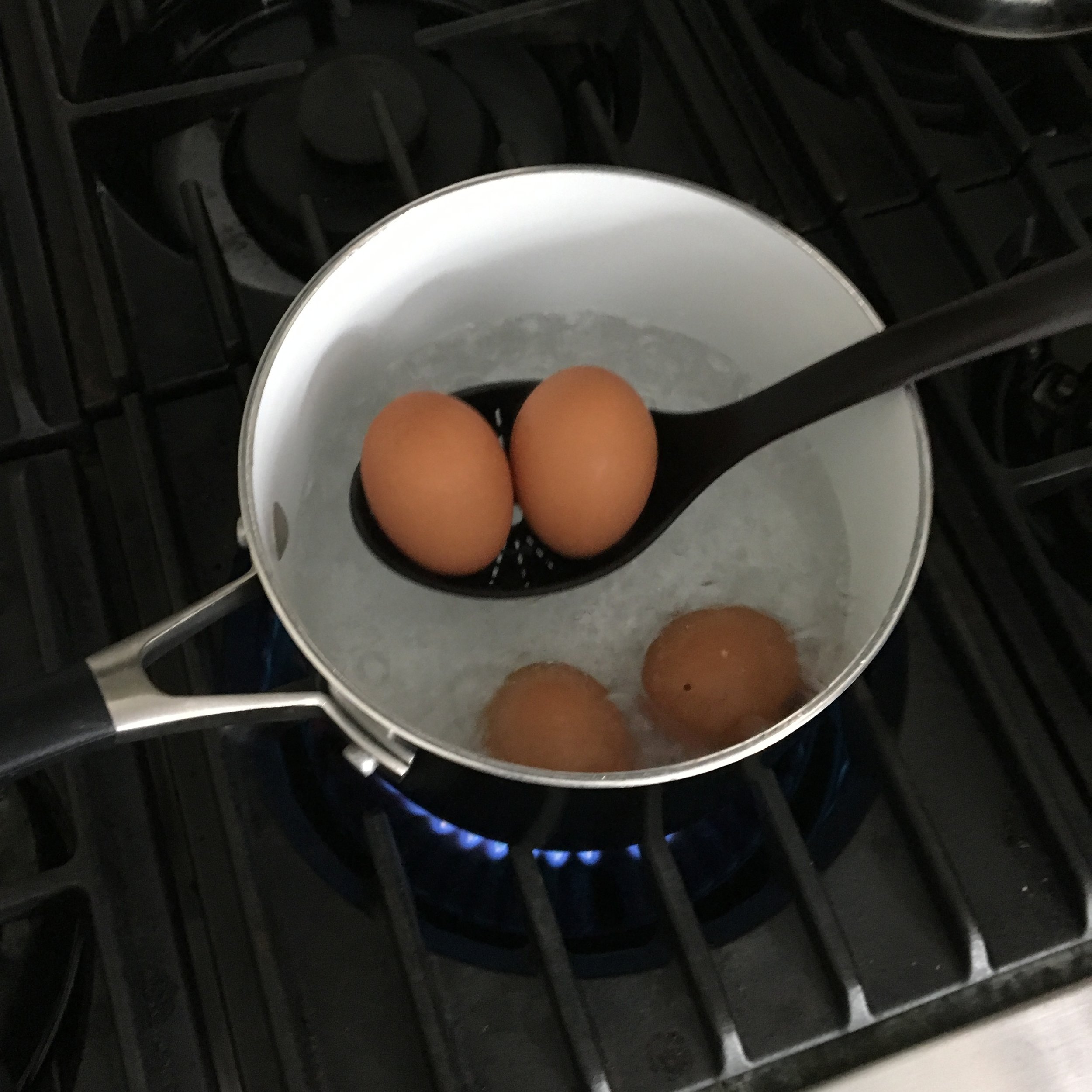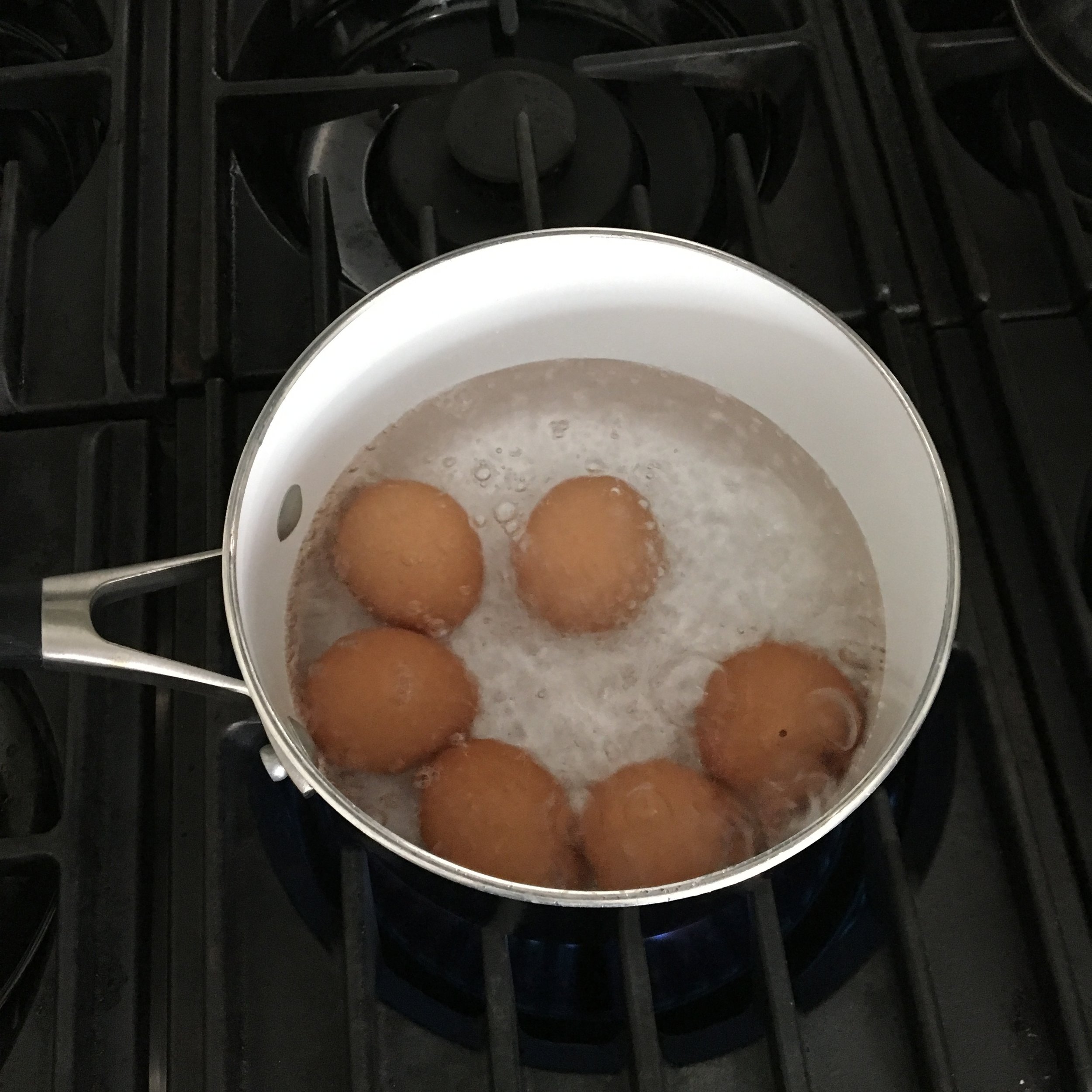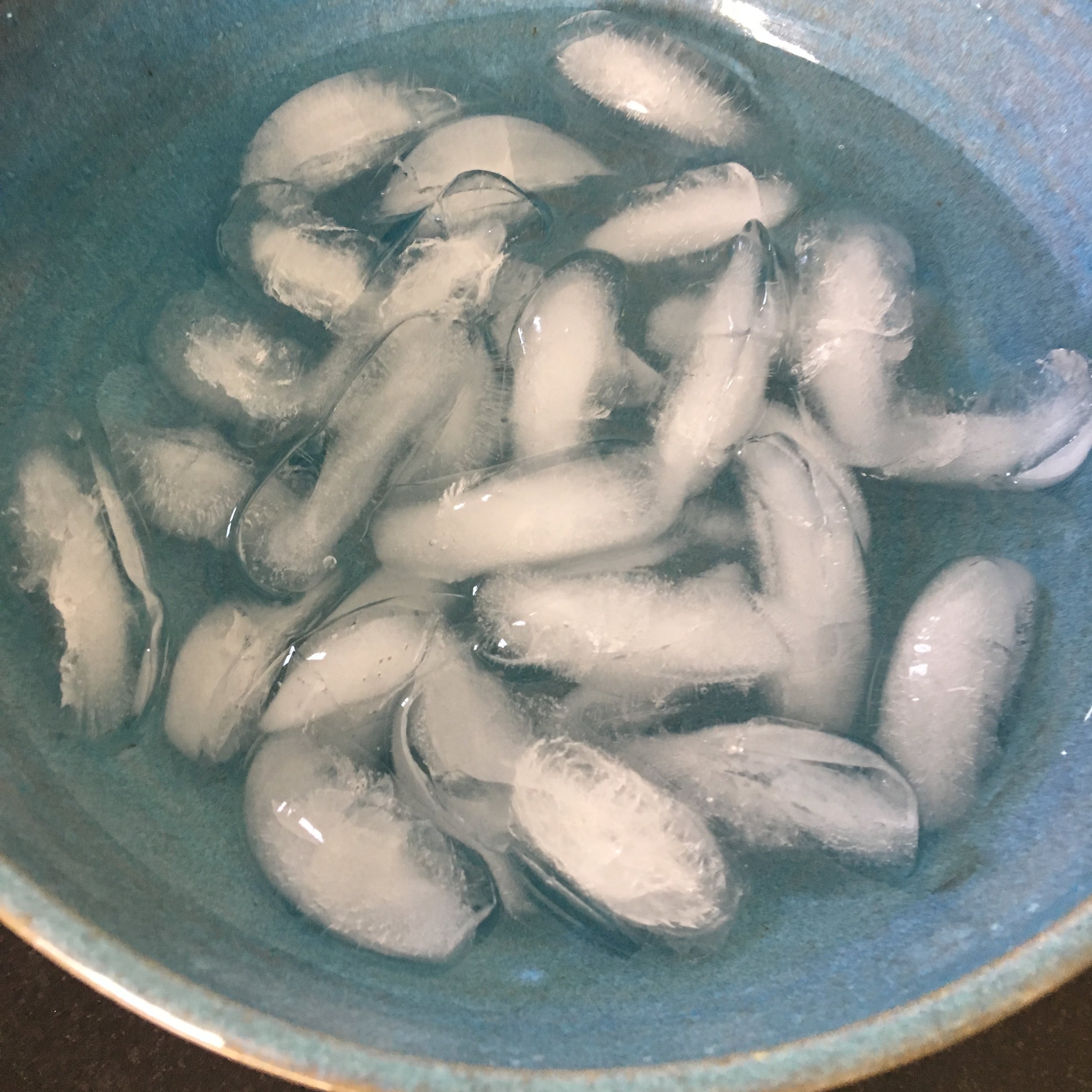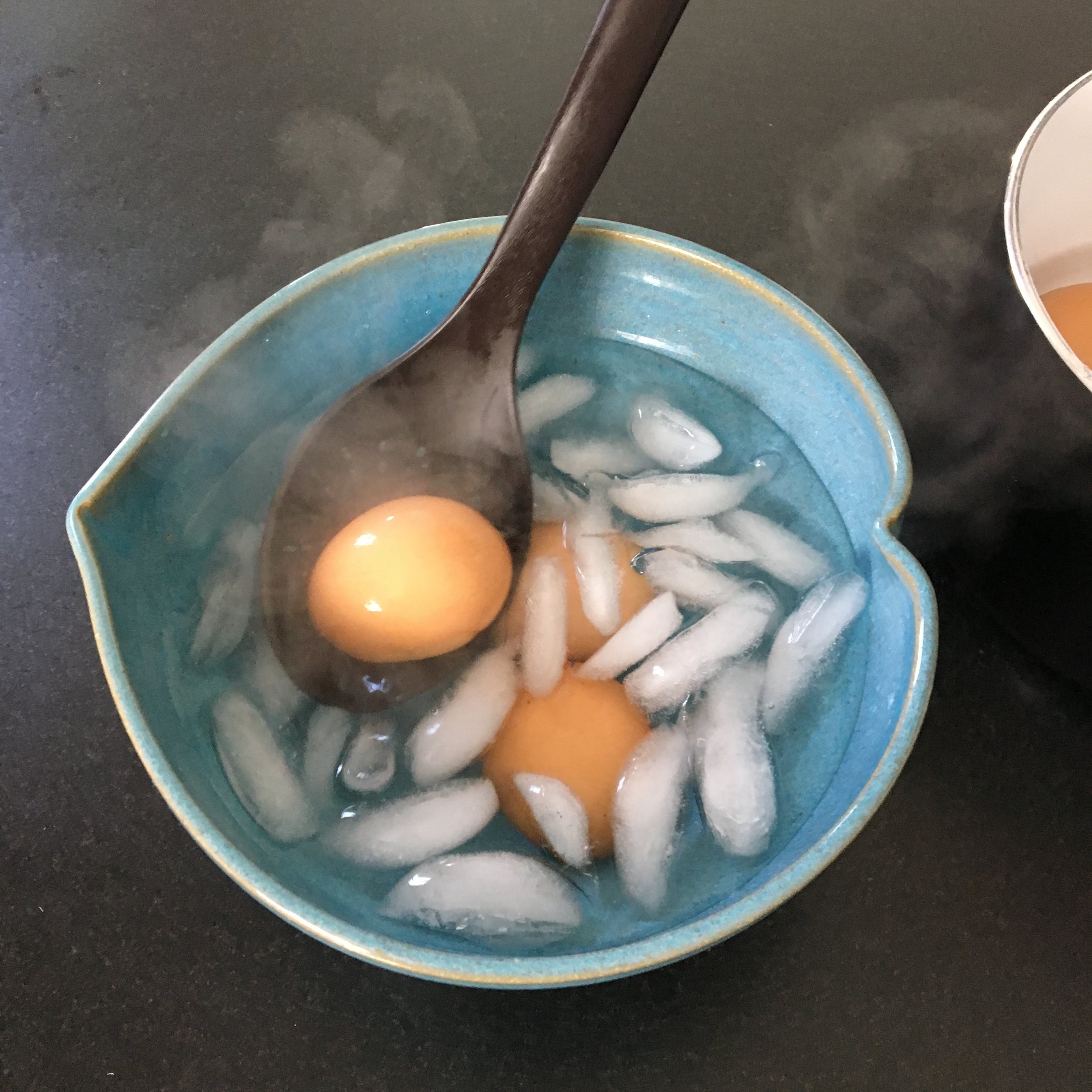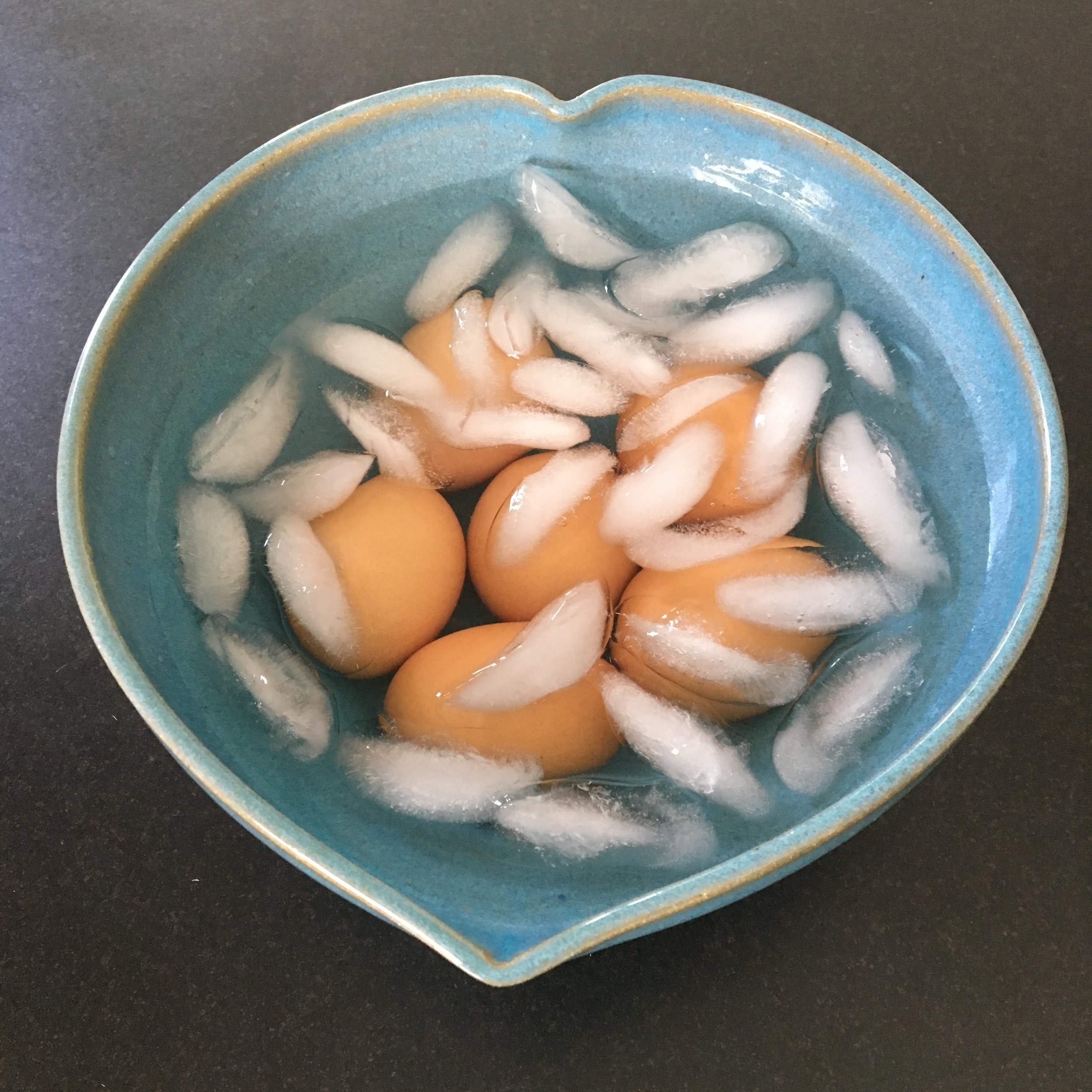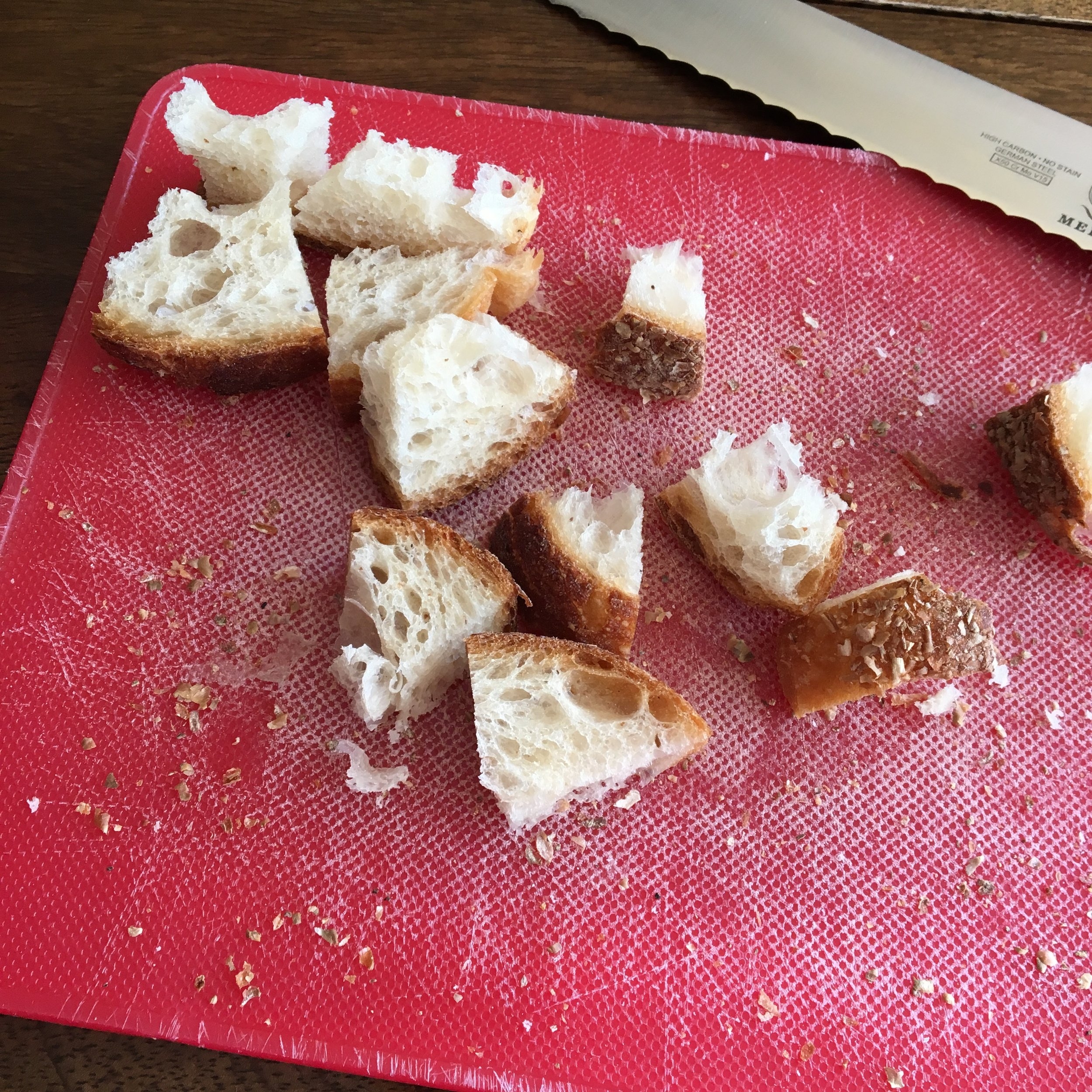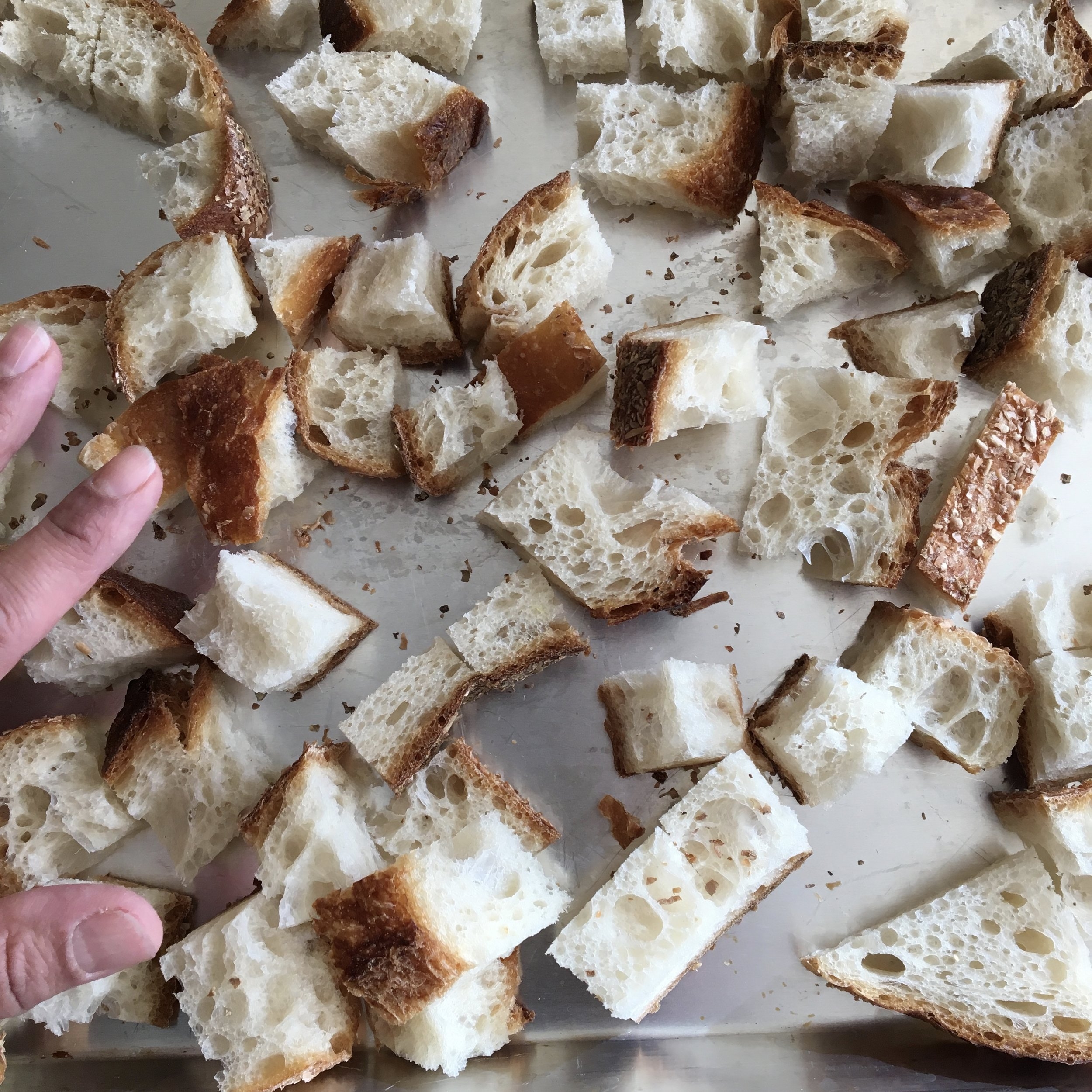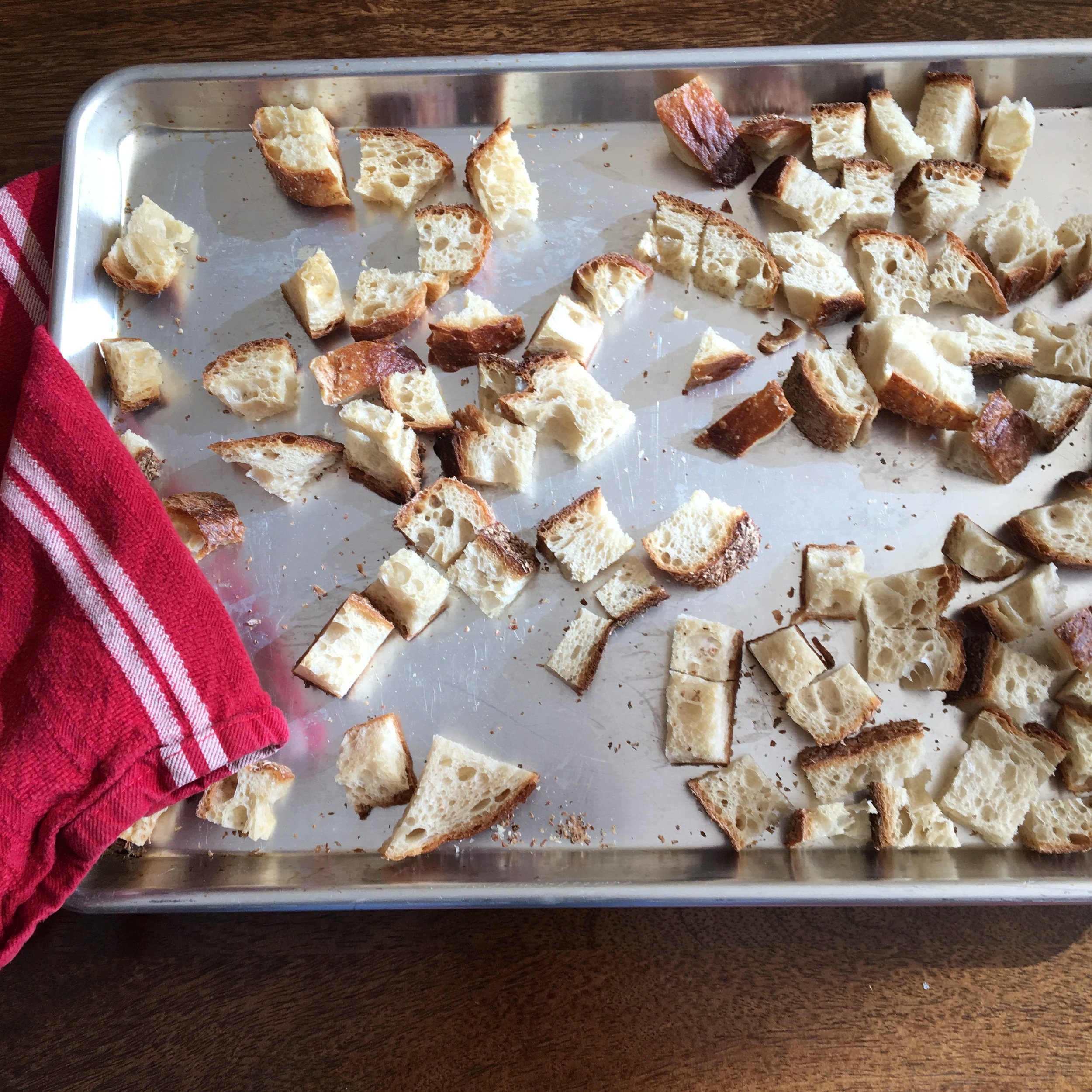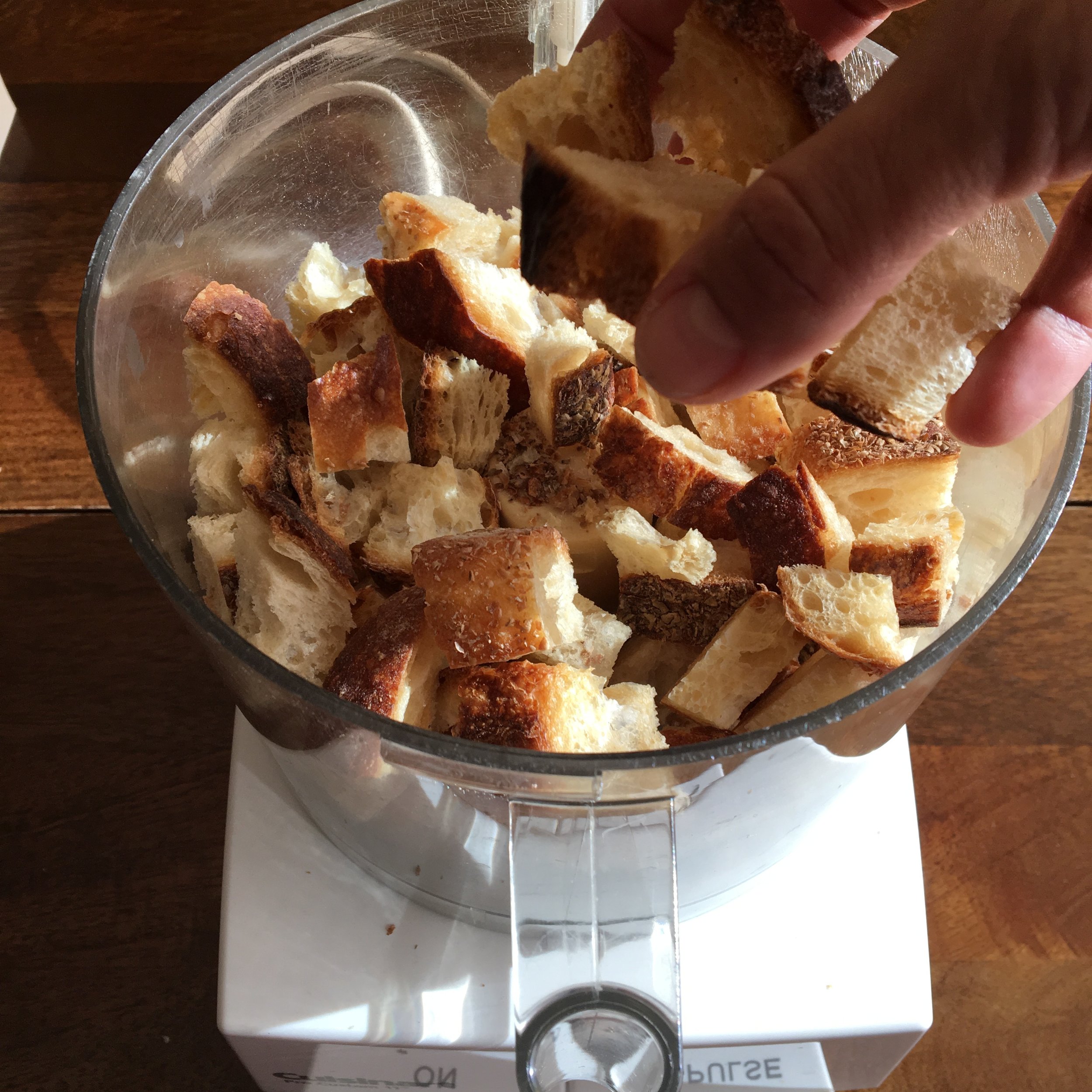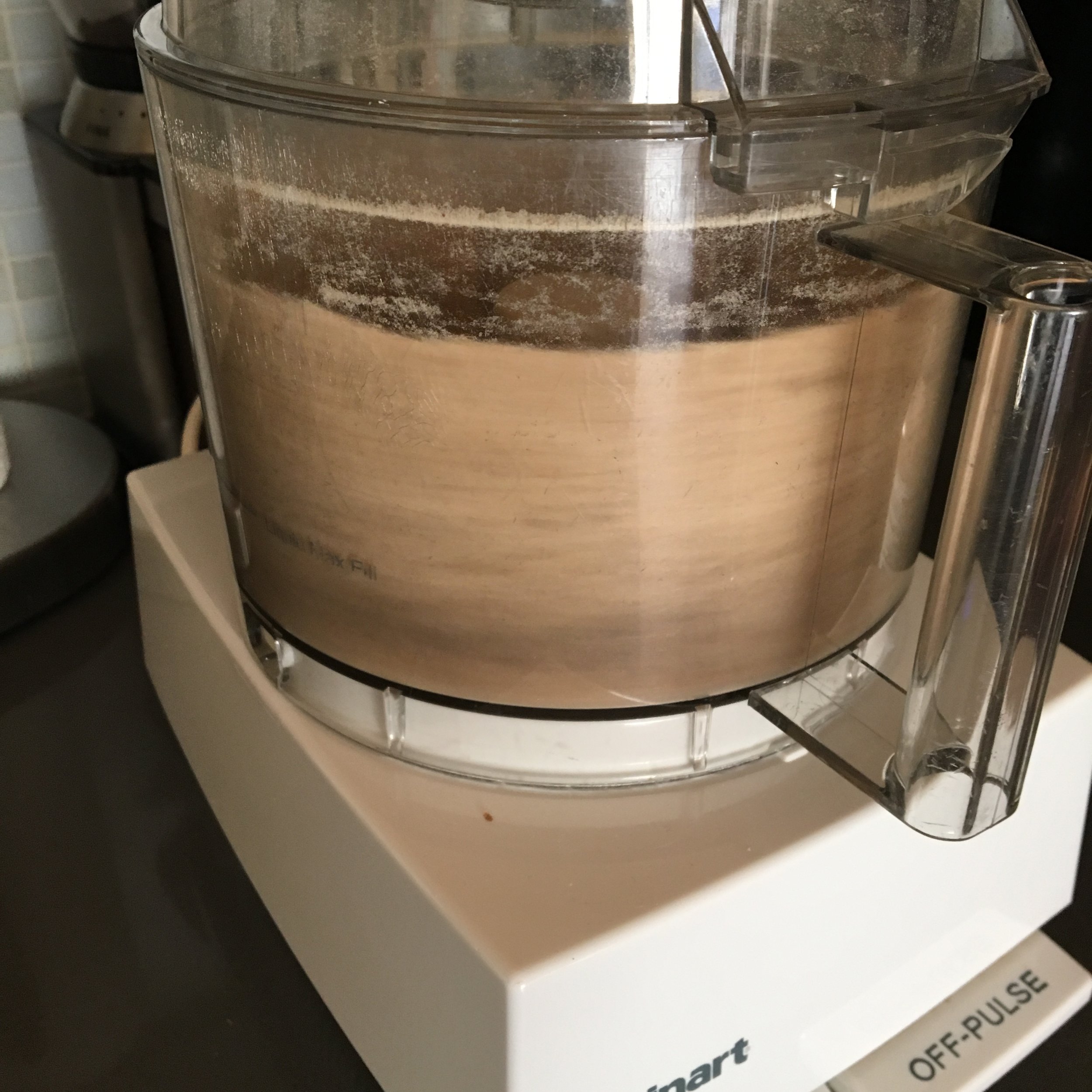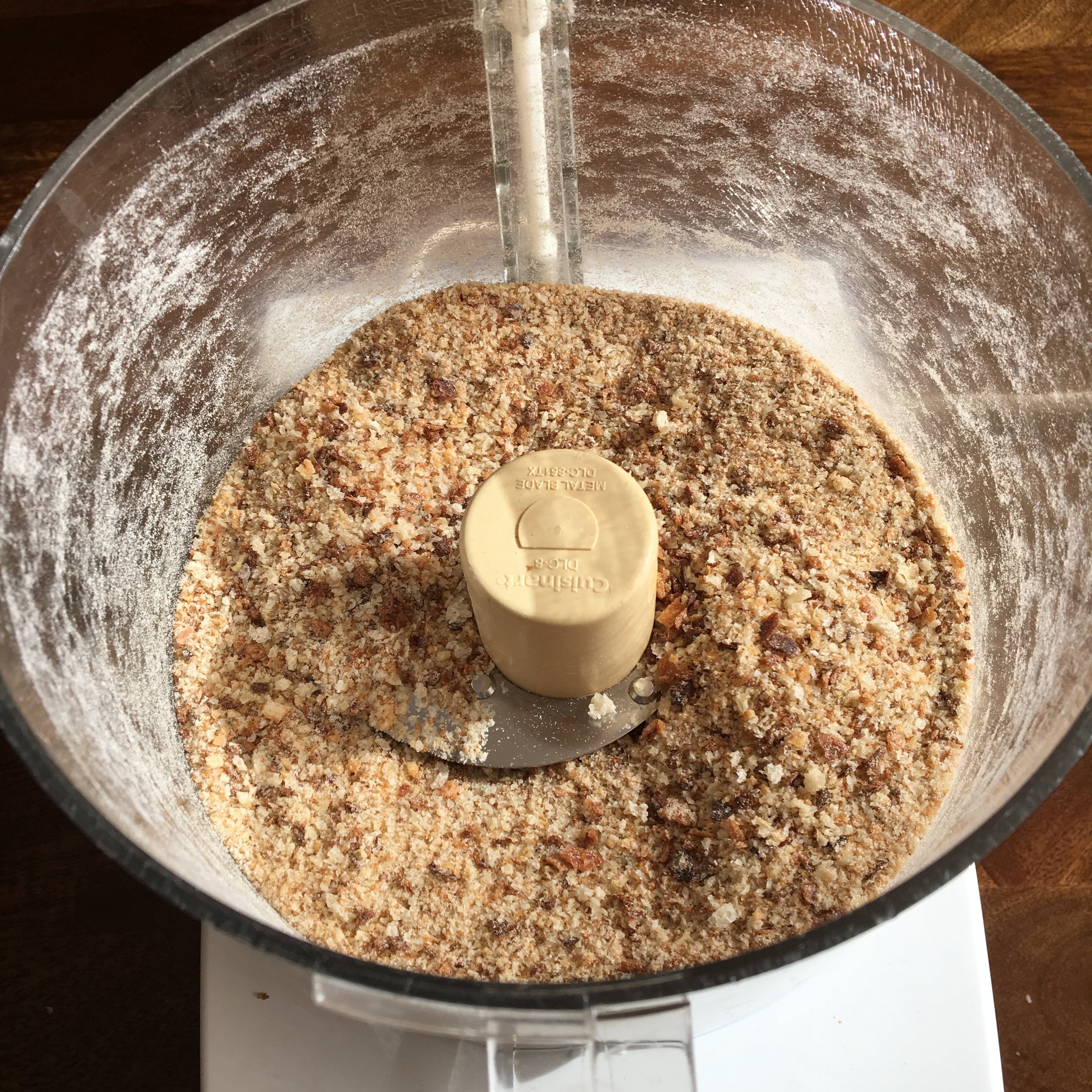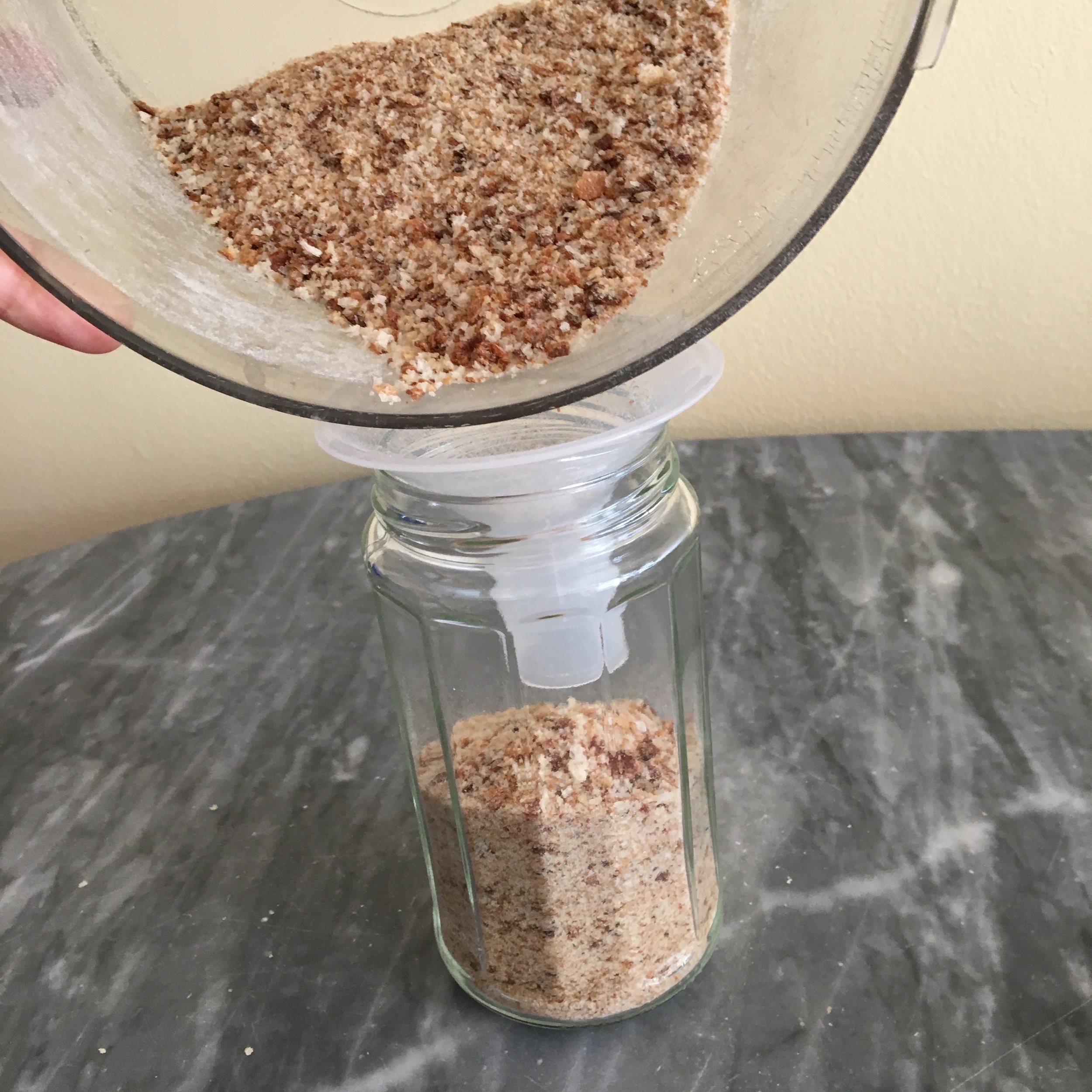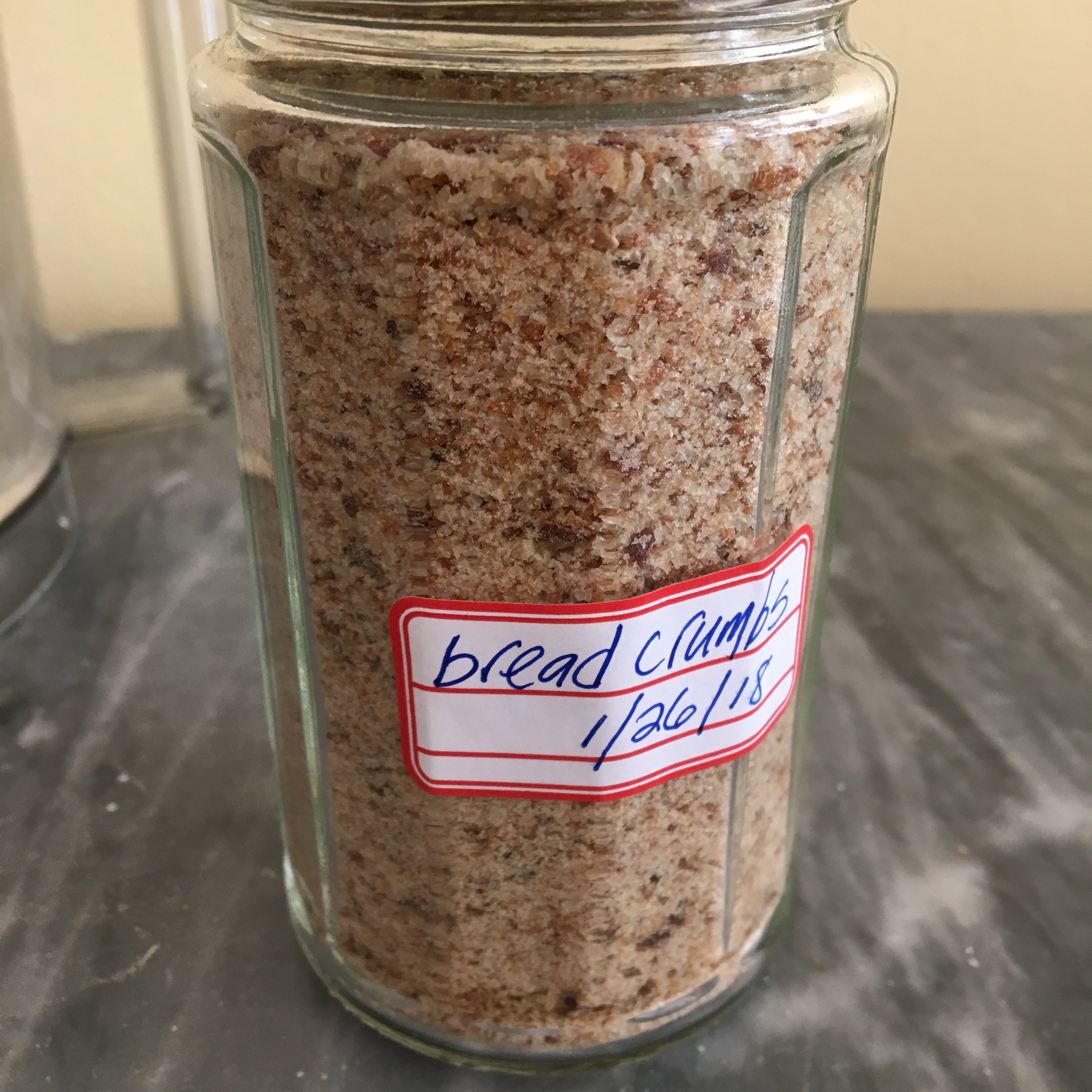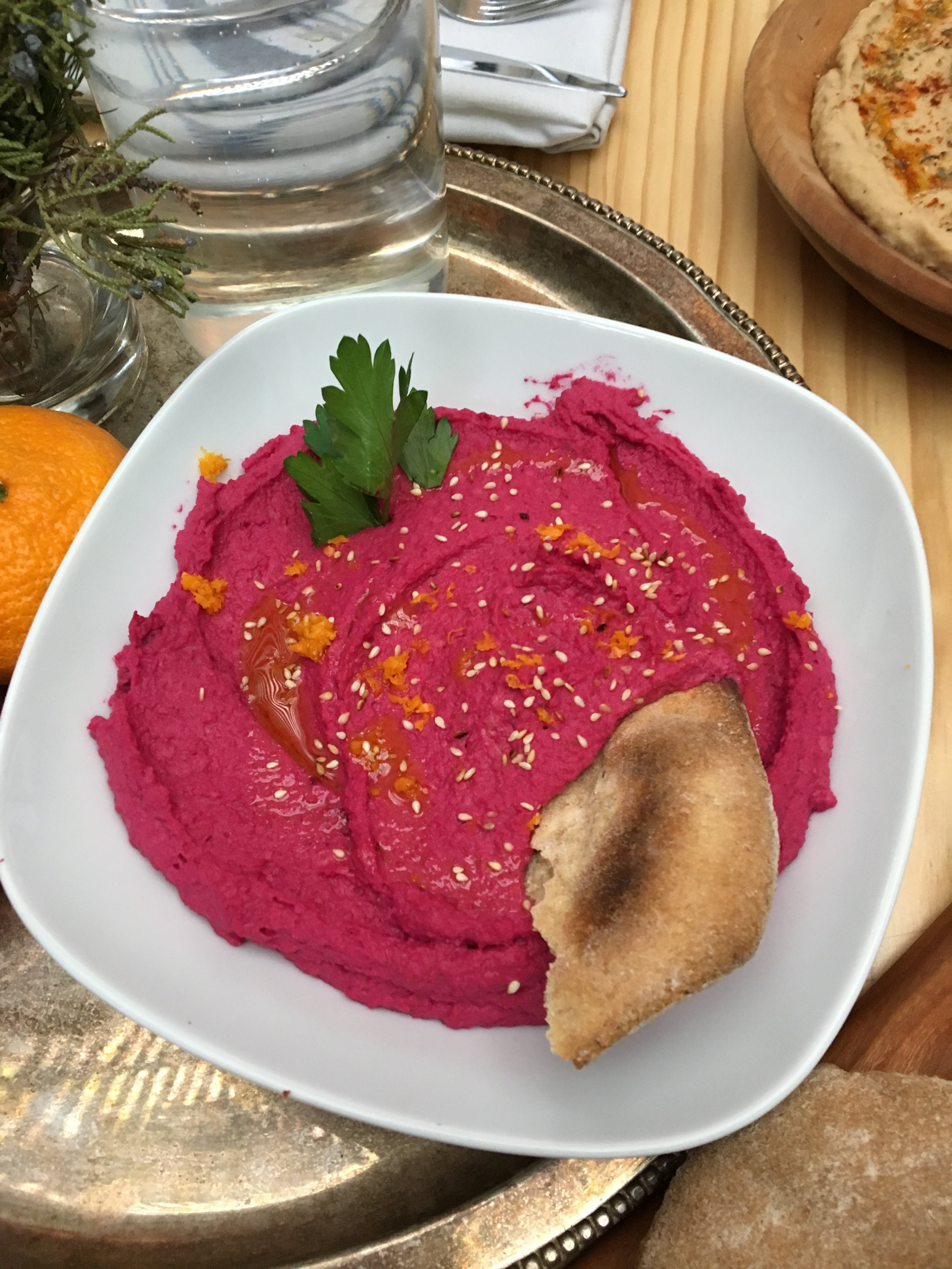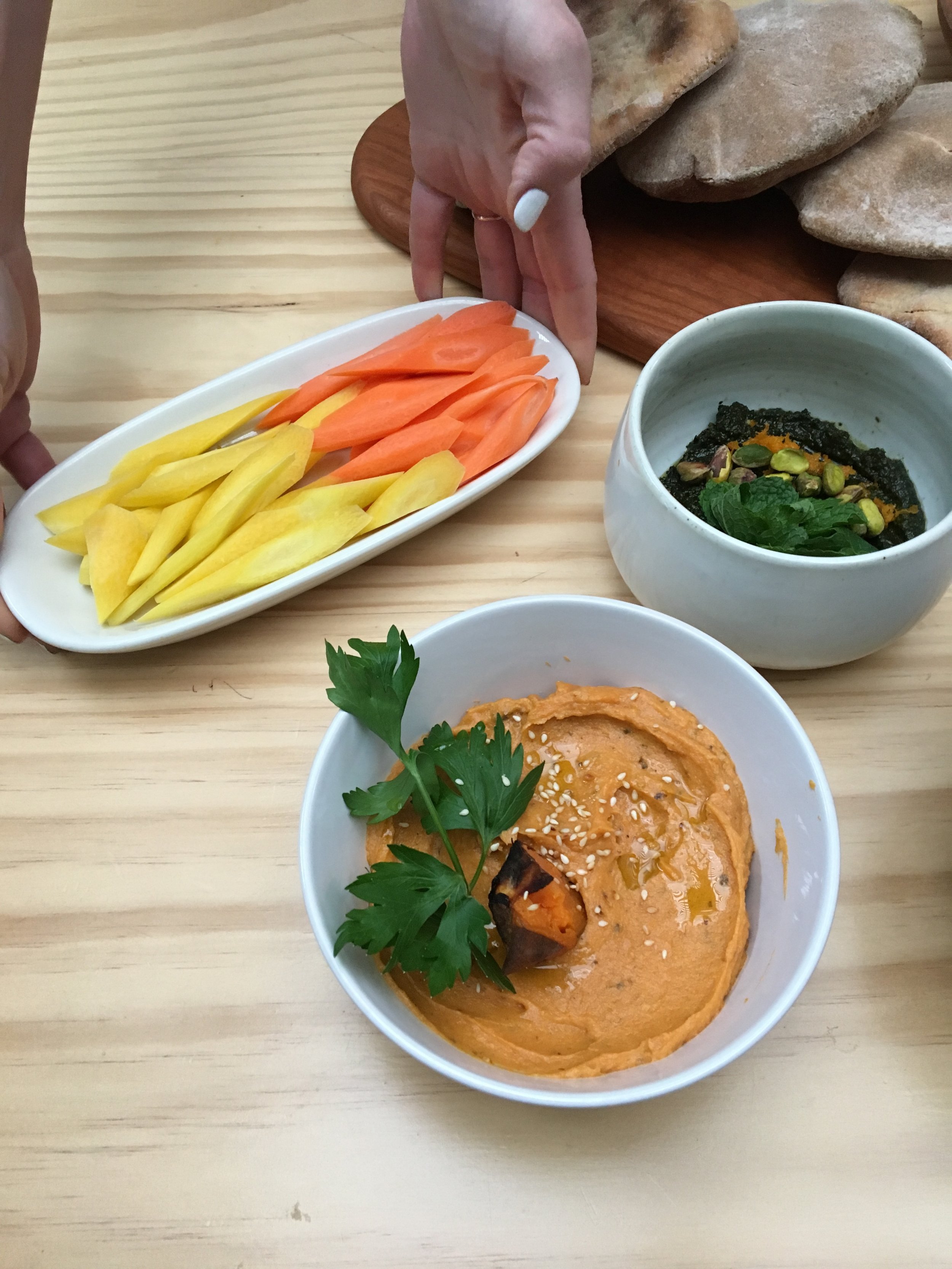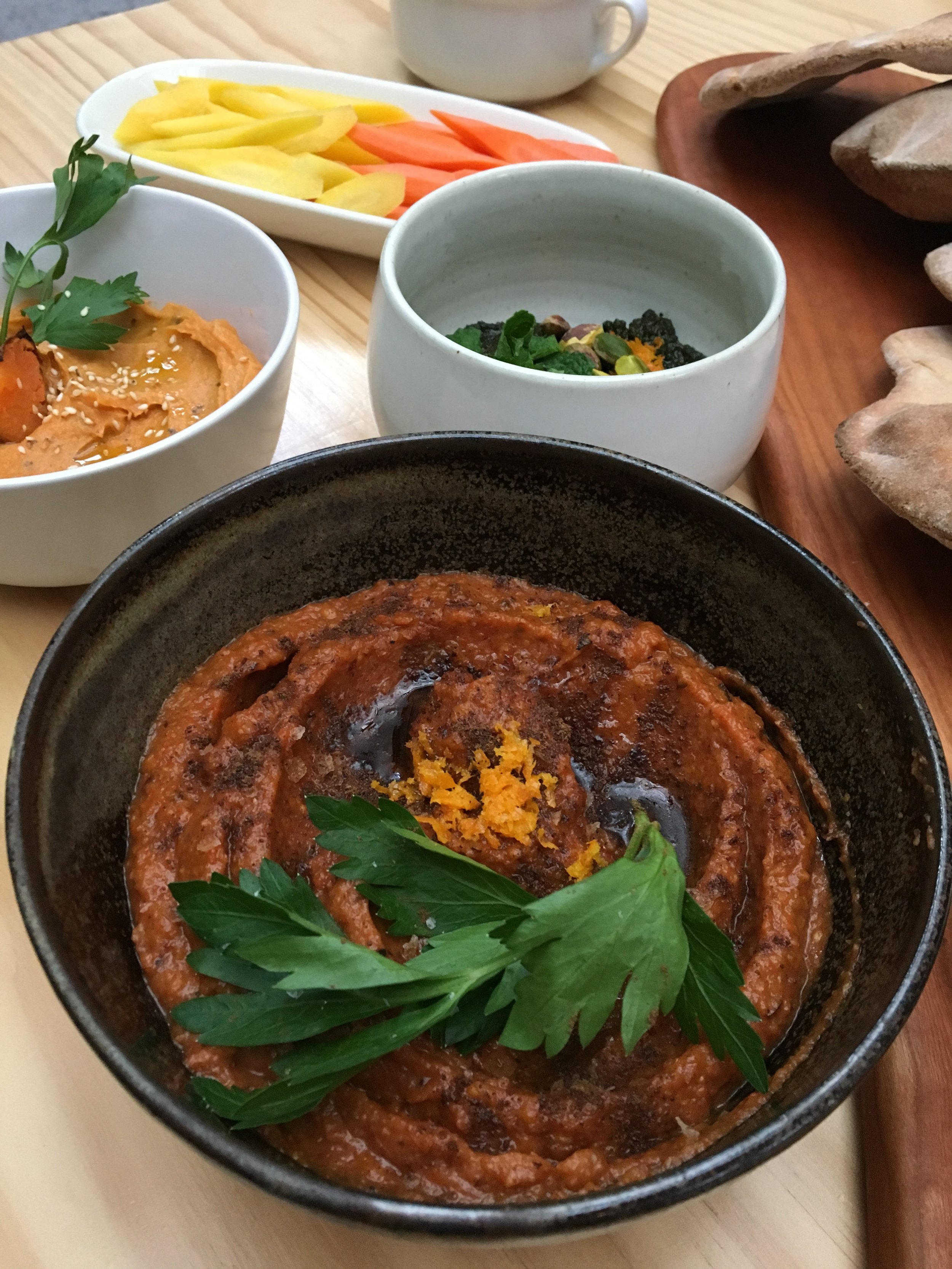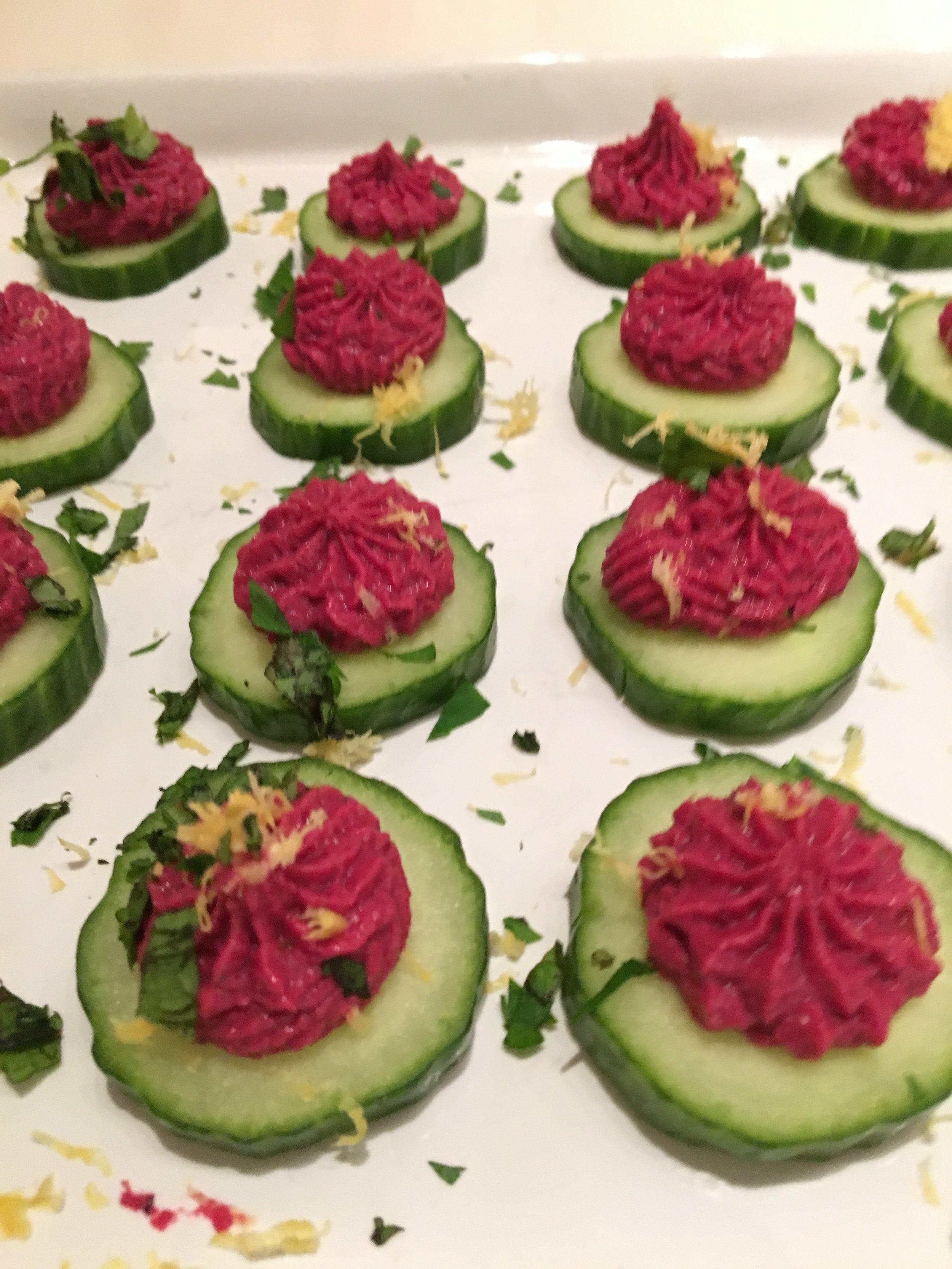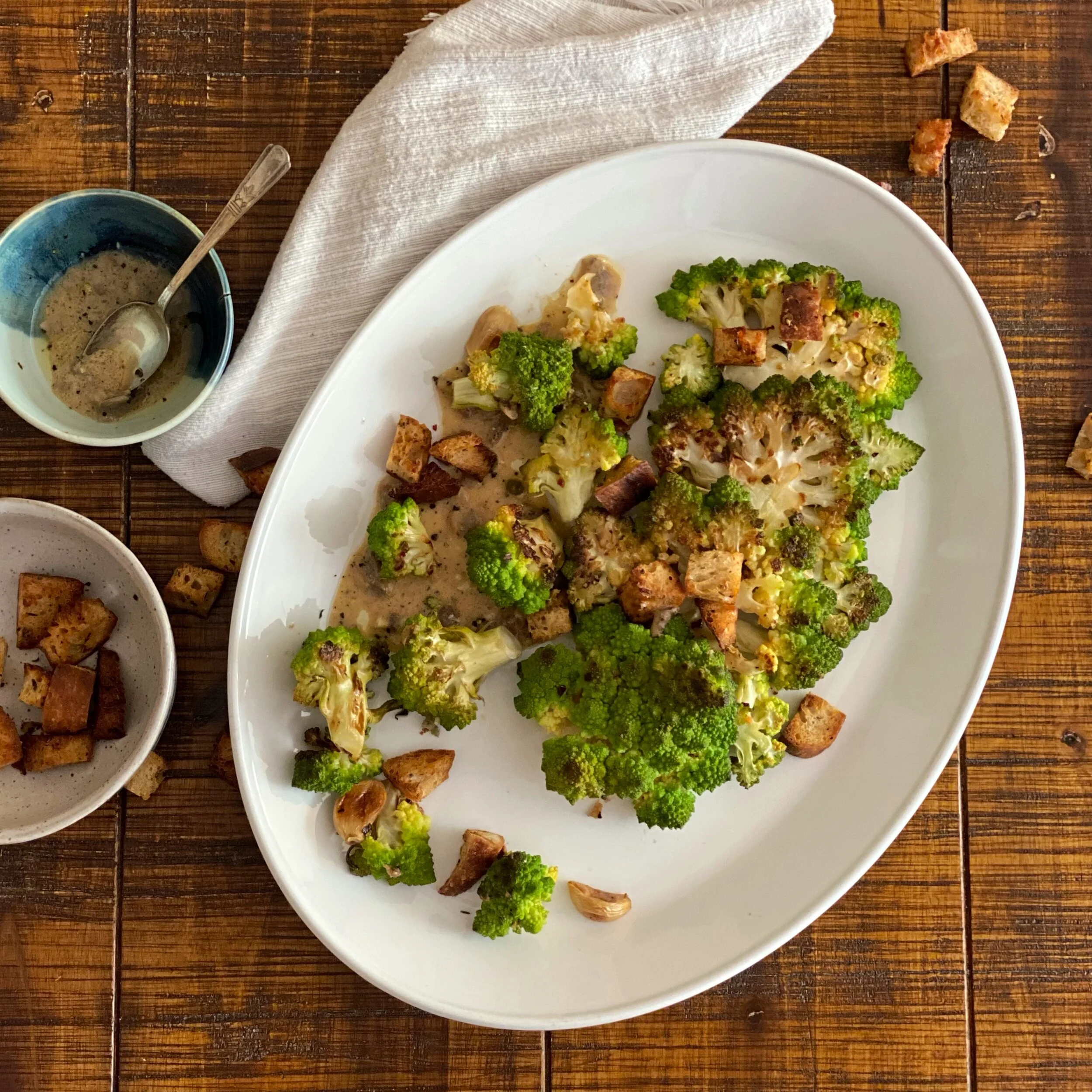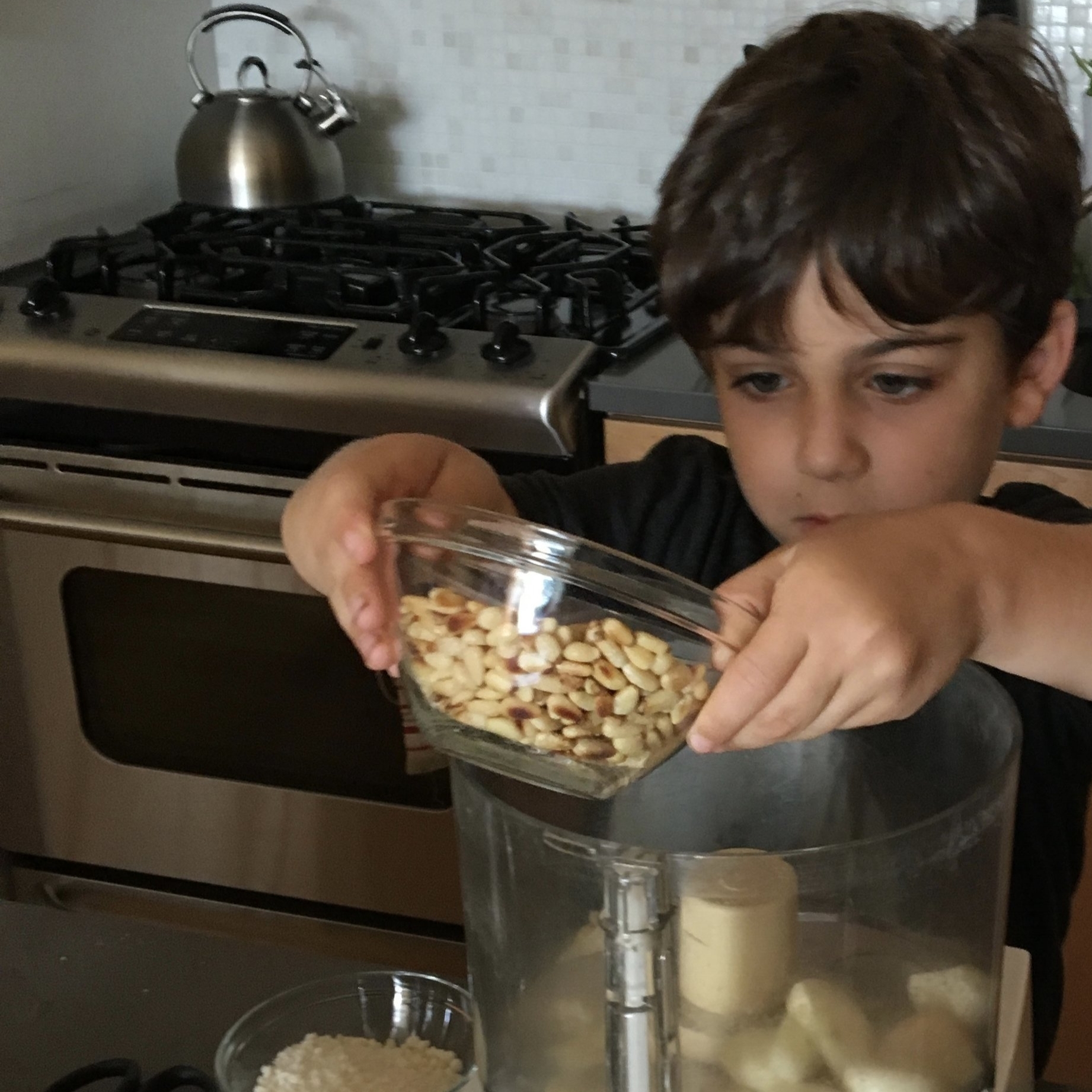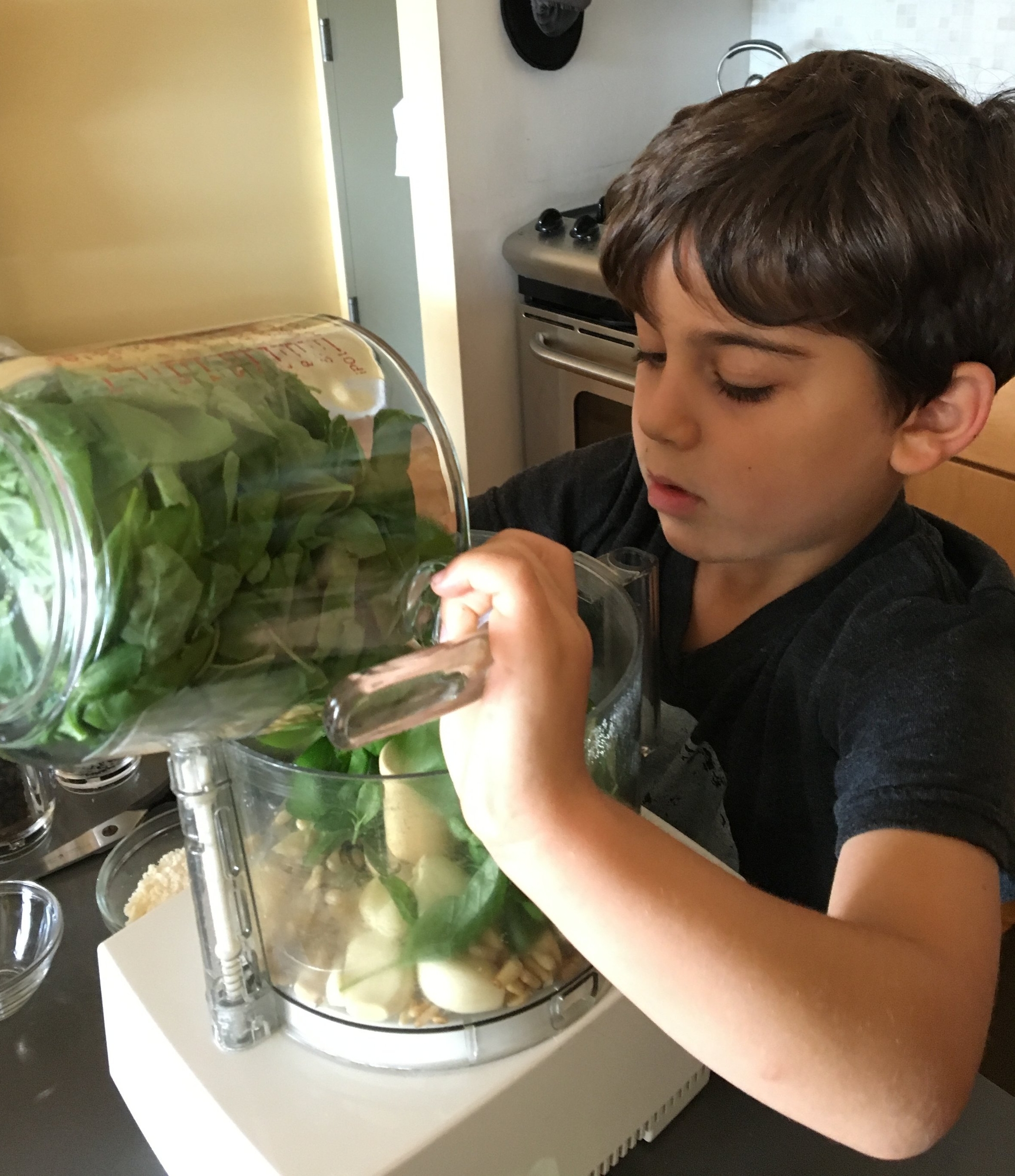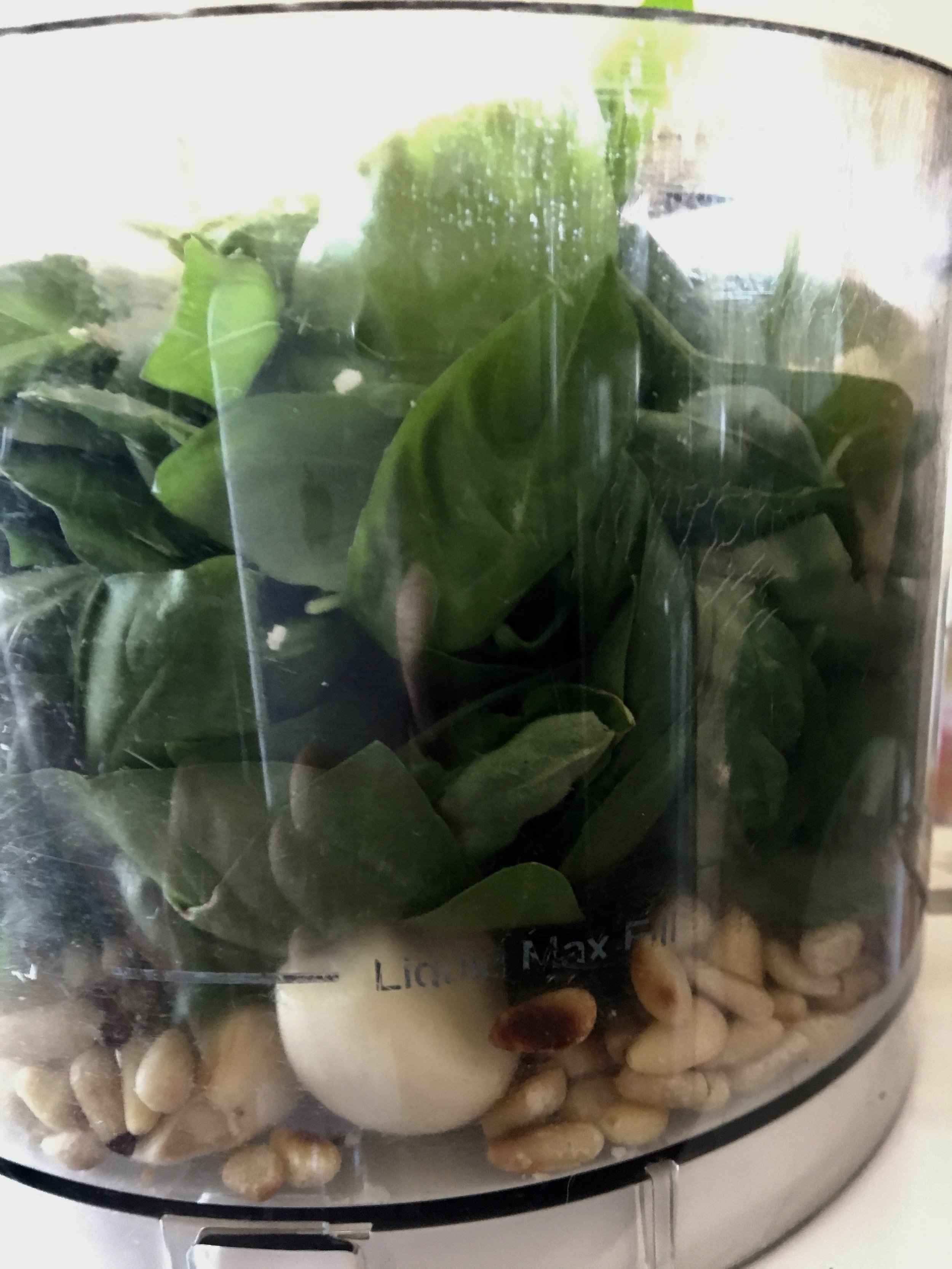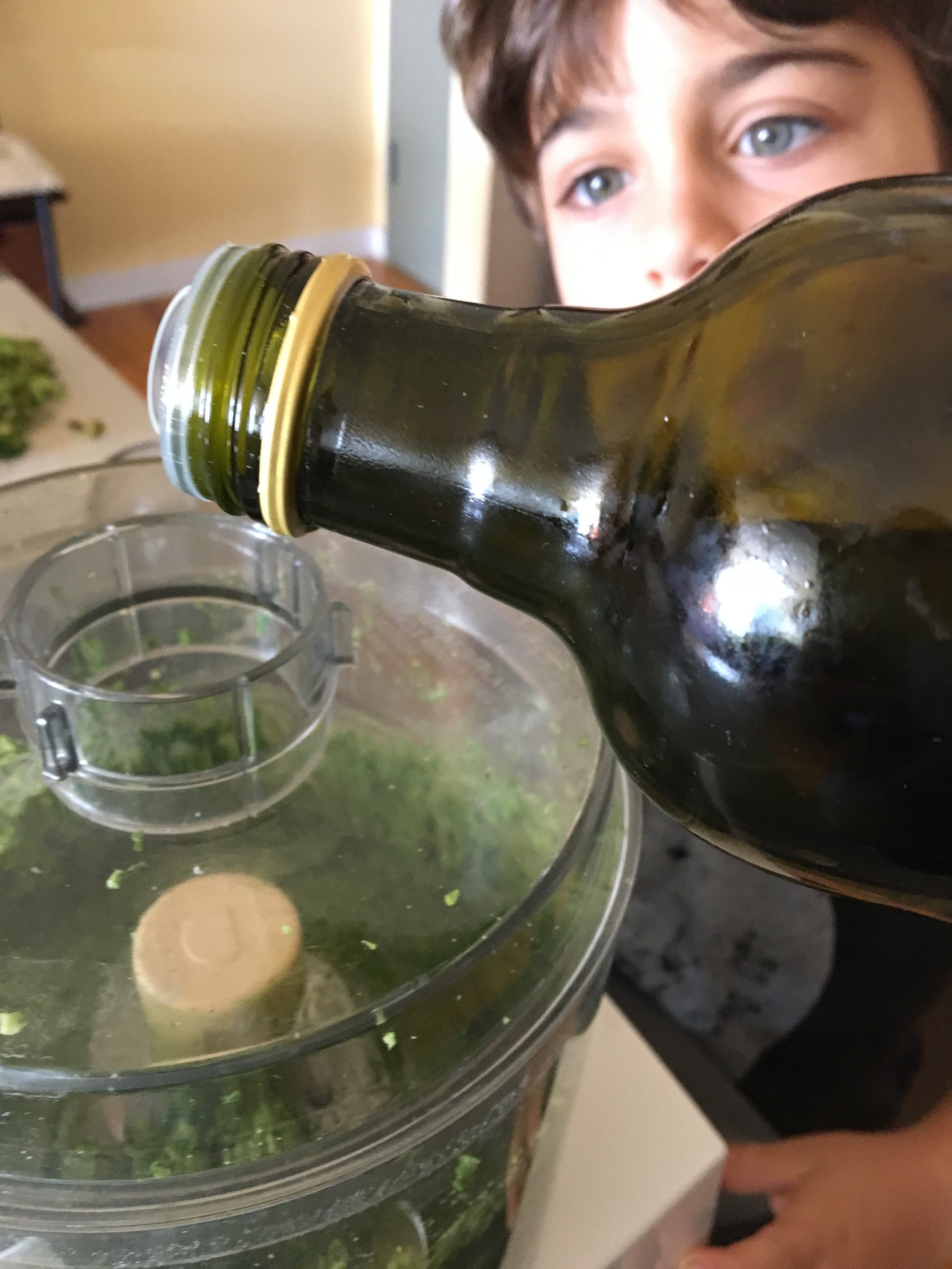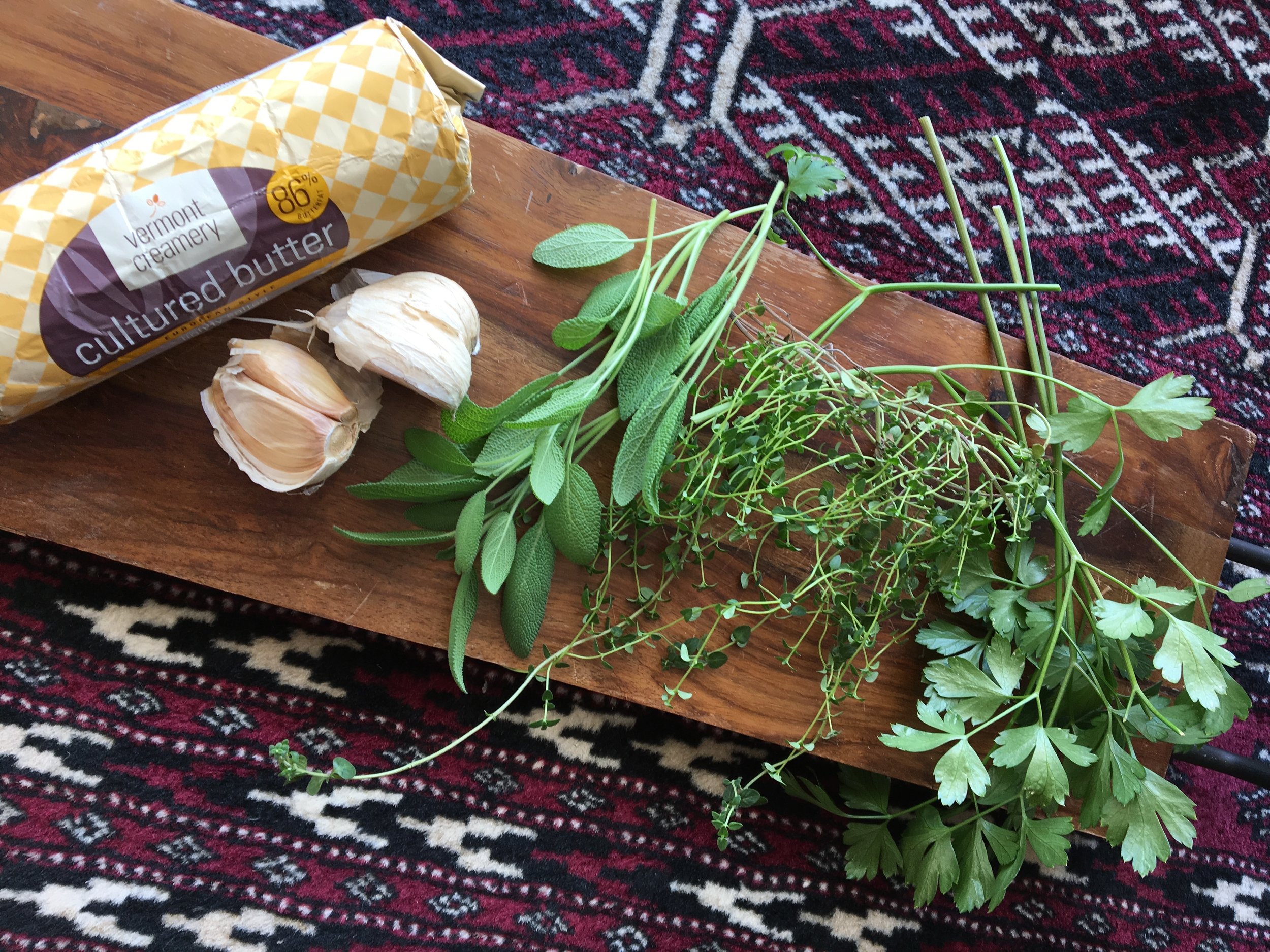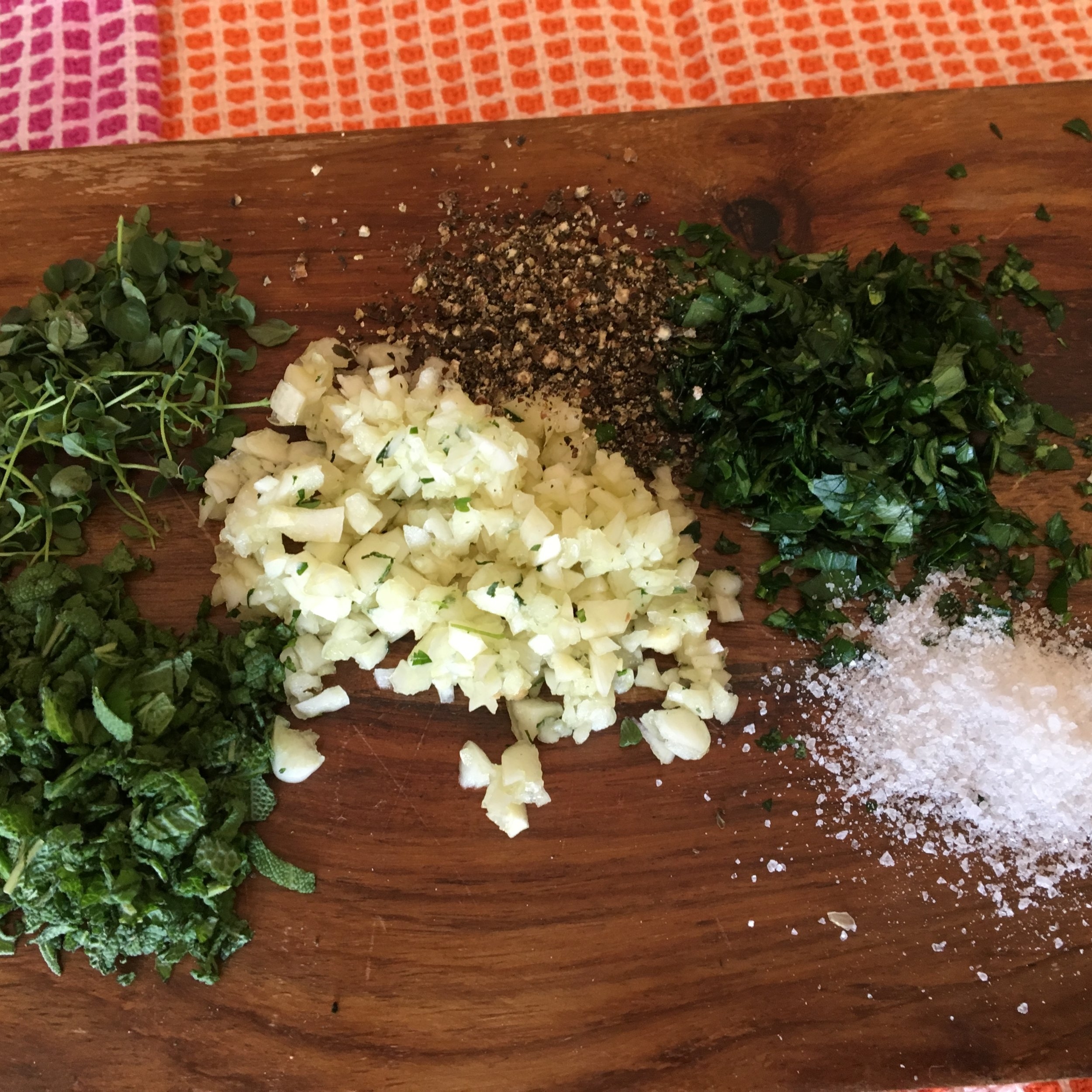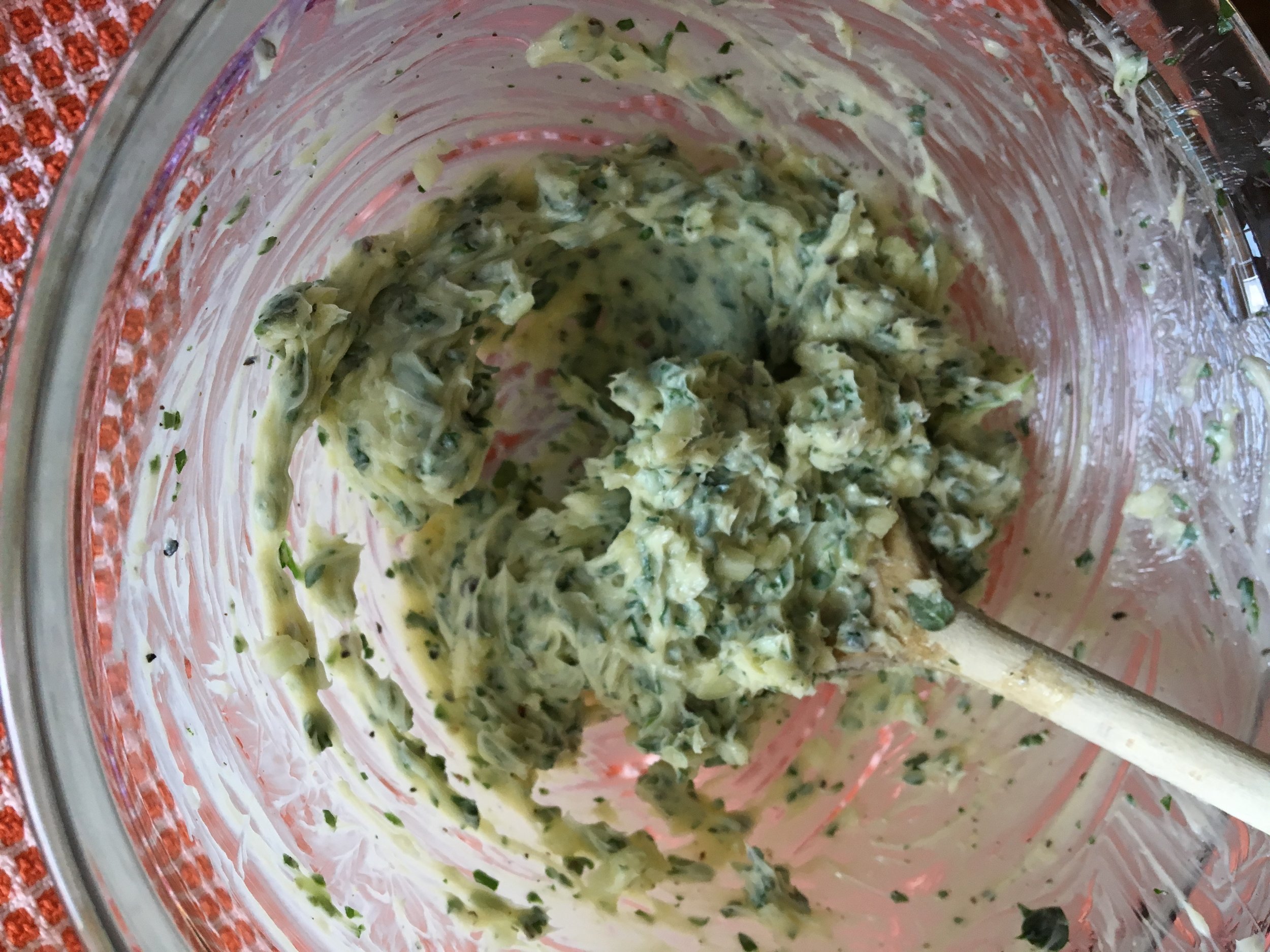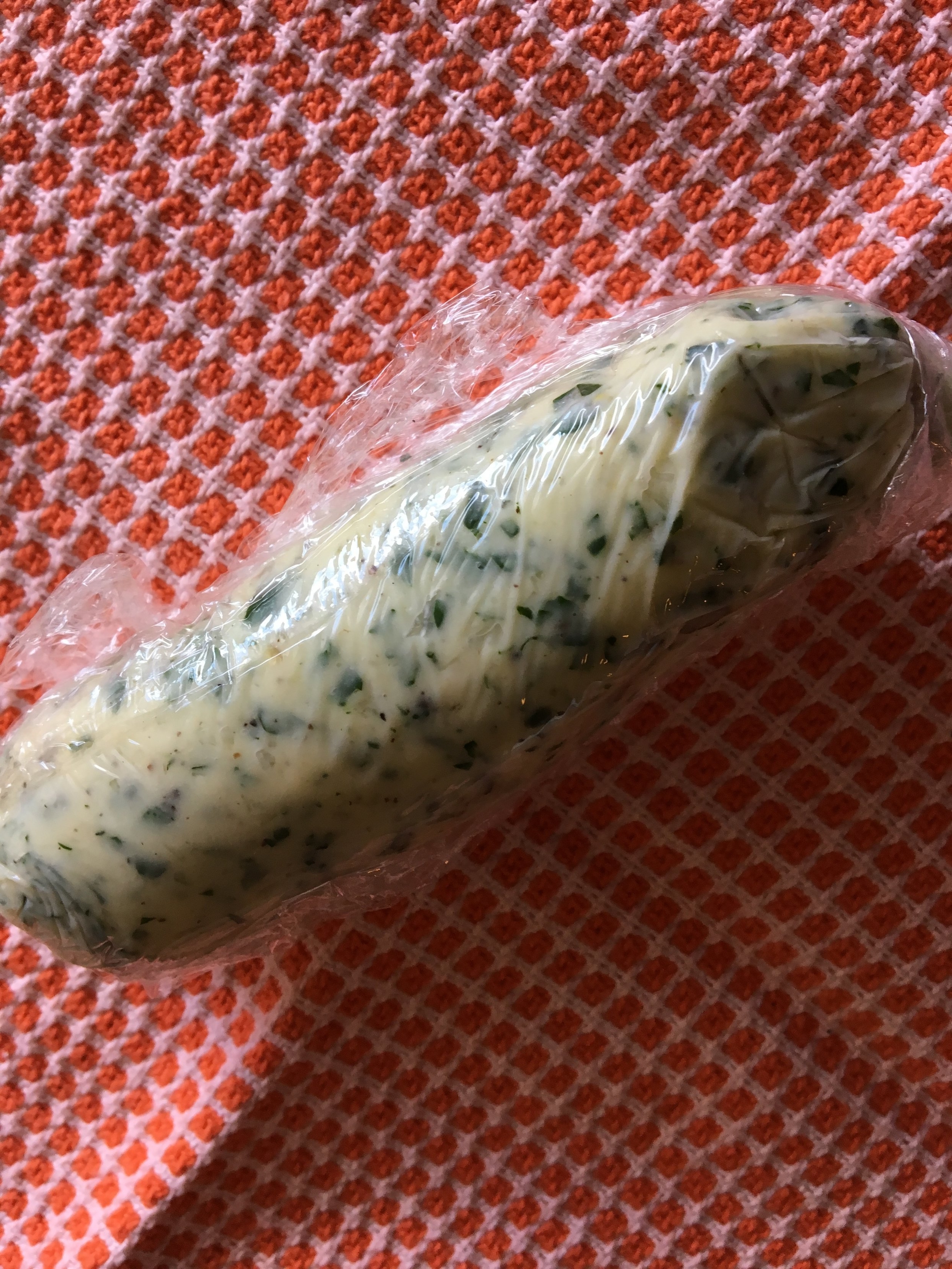There's no mistake. Poached eggs are heavenly. Who doesn't love lazily rolling out of bed on a Sunday and strolling to brunch for a hash or hollandaise-smothered dish with a perfectly runny, bright yellow poached egg on top? But soft boiled eggs are so much more... practical. And I appreciate the practical. While poached eggs are cooked one at time in a carefully watched barely simmering pot of water, soft boiled eggs can be made by the dozen, left bubbling away on the stove, monitored by a timer, cooled, and stored for a week's worth of breakfasts on the go. If you're hosting brunch, this is a smarter option for advanced preparation. And those soft boiled eggs are easily transported as compared to their delicate poached cousins.
What you do:
For soft boiled perfection every time, follow these 6 simple steps. All you need to remember is 6 minutes. Do this just once a week for daily enjoyment.
Tip: To prevent cracking and ensure consistently cooked eggs, use room temperature eggs.
Peel and enjoy soft boiled eggs immediately on your favorite benedict, with a toasted bagel or over a hash like my Spicy Root Vegetable and Sausage Hash (pictured below). Store any remaining soft boiled eggs in their shells in the fridge (this makes them sturdier and prevents breaking when transporting in your lunch box). Make at least a half dozen at once so you have soft boiled eggs to add to kale salad, caesar dressing, roasted veggies, and avocado toast throughout the week.


